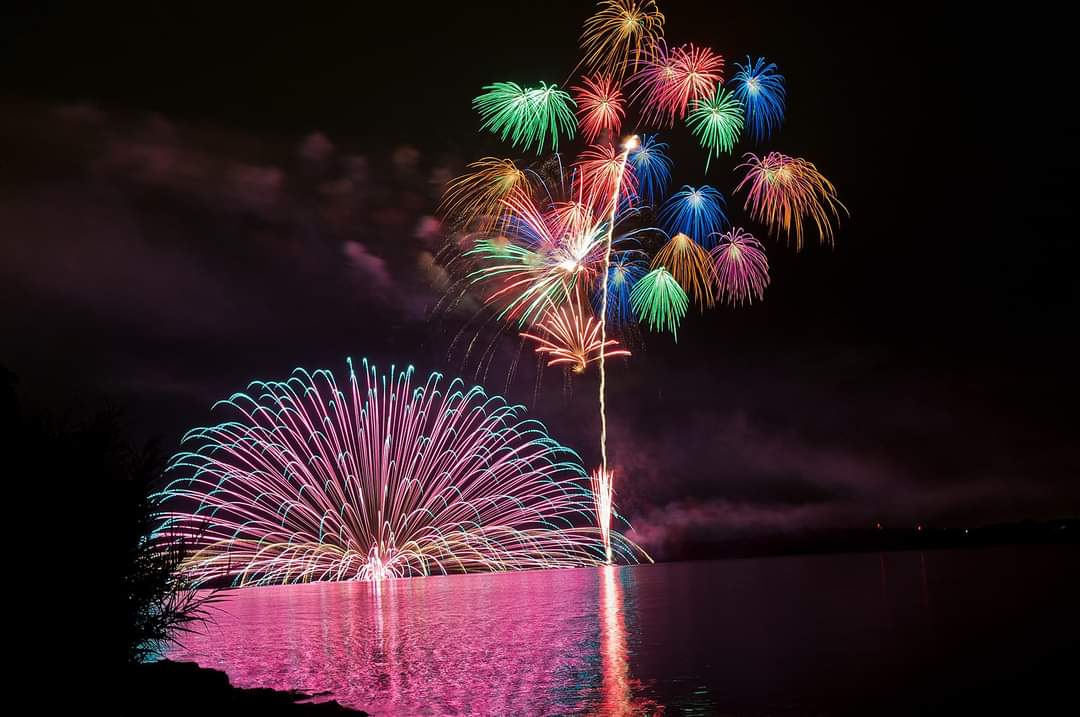
Every year around Labor Day, the base does a firework show over Lake Ogawara, the big lake here on base. What’s really cool is they explode a lot of fireworks right on the water.
It was a great way to spend the evening!

Every year around Labor Day, the base does a firework show over Lake Ogawara, the big lake here on base. What’s really cool is they explode a lot of fireworks right on the water.
It was a great way to spend the evening!
Misawa Air Base does a med student exchange program every year where med students from other areas of Japan can come to the base, stay with the American doctors, and learn how American medicine is practiced for a week.
We signed up to have a med student stay with us! He was from Hirosaki and was a 5th year med student. Med school for Japanese starts right after high school and is six years.
He introduced himself to us as Takeaki. Later, I wanted to make sure I got it right so I said. Remind me, your name is Taiyaki right?
Takeaki: uh, no. That is food.
Me: Oh sumimasen (sorry), it’s Takoyaki right? 😅
Takeaki: um.. no. That is also food.
Me: 😨
He was actually thought it was funny. He shadowed different doctors in the hospital and shed light on differences between Japanese and American medicine. He even shadowed Leanne!
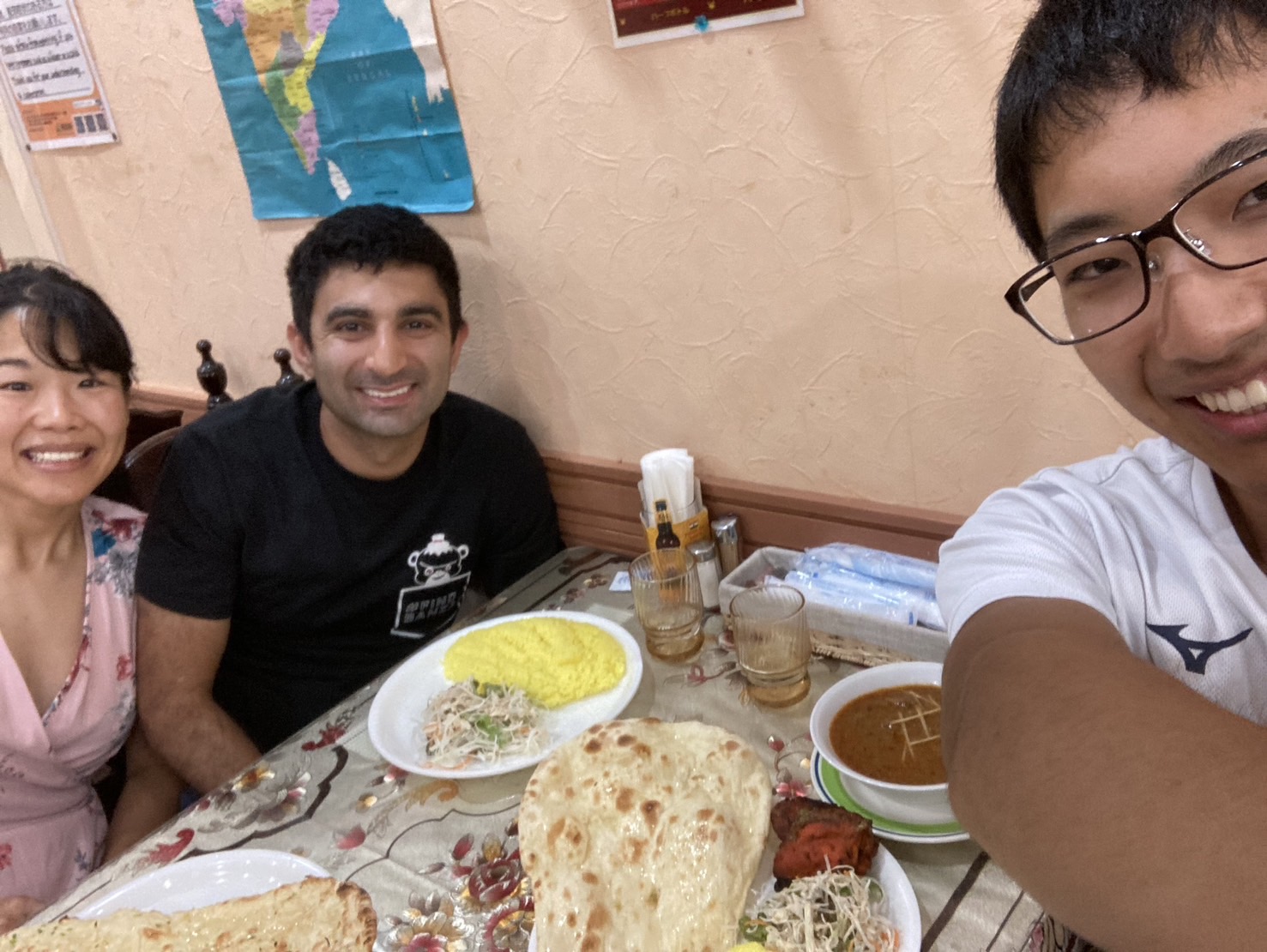
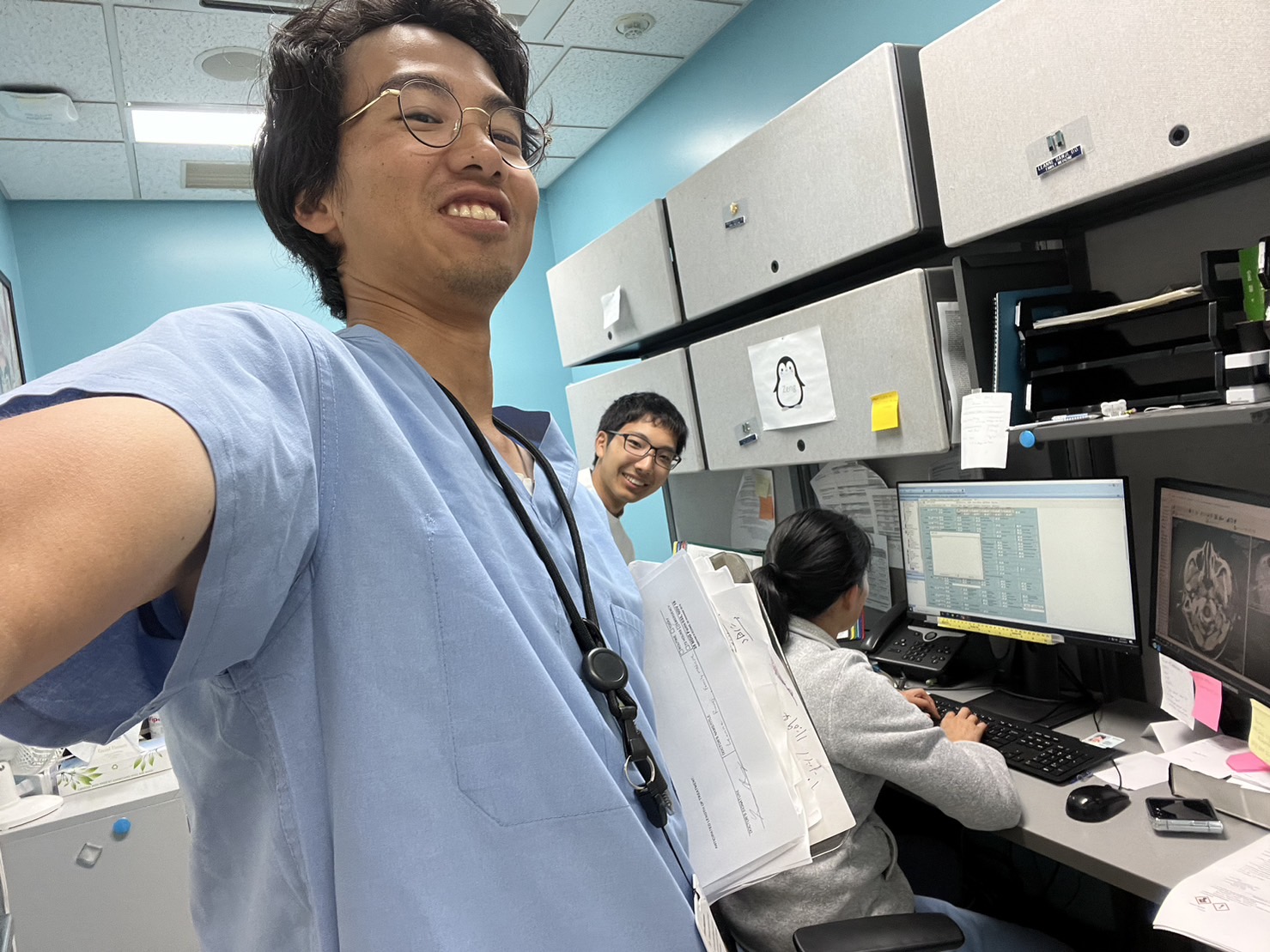

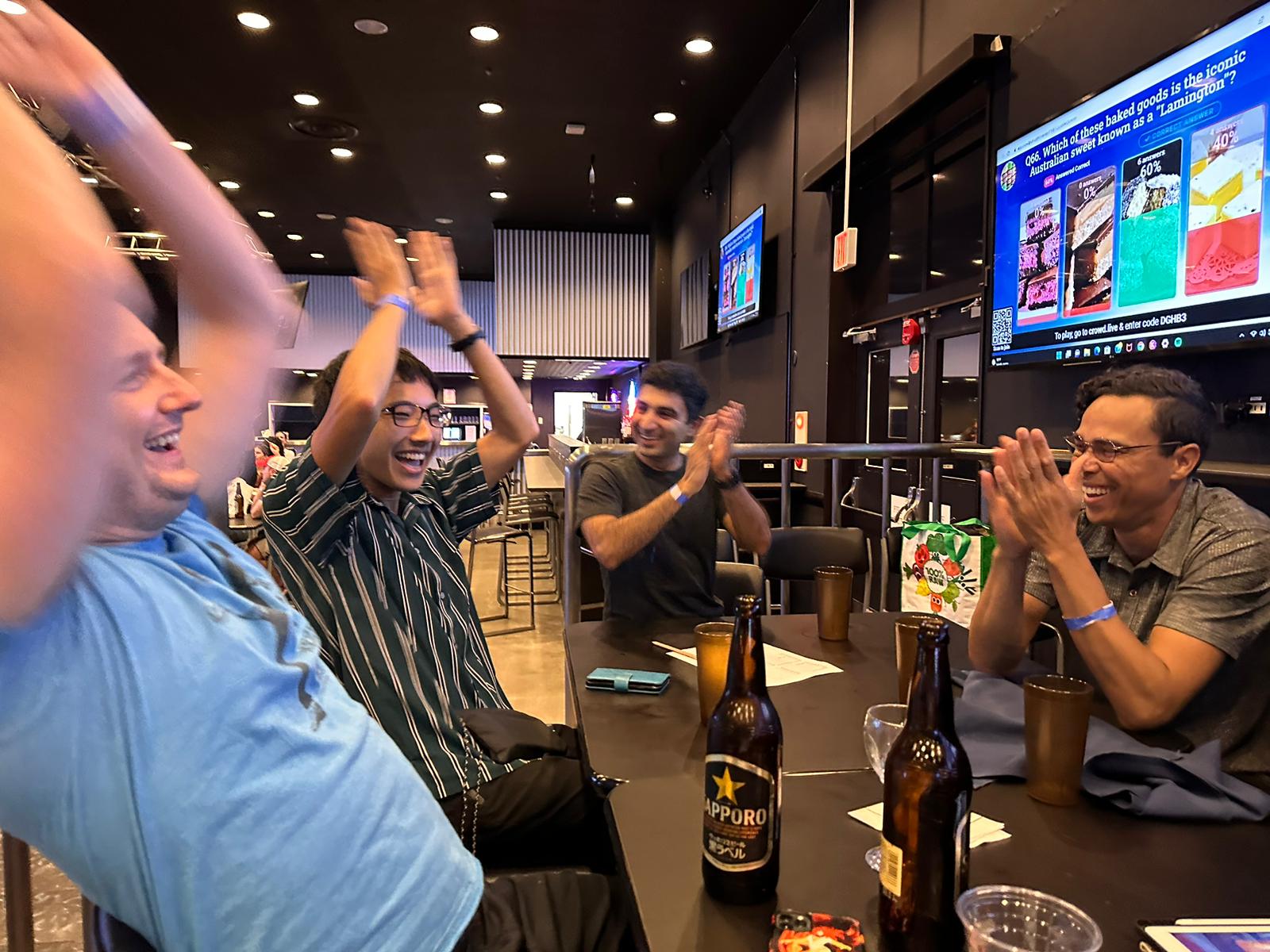
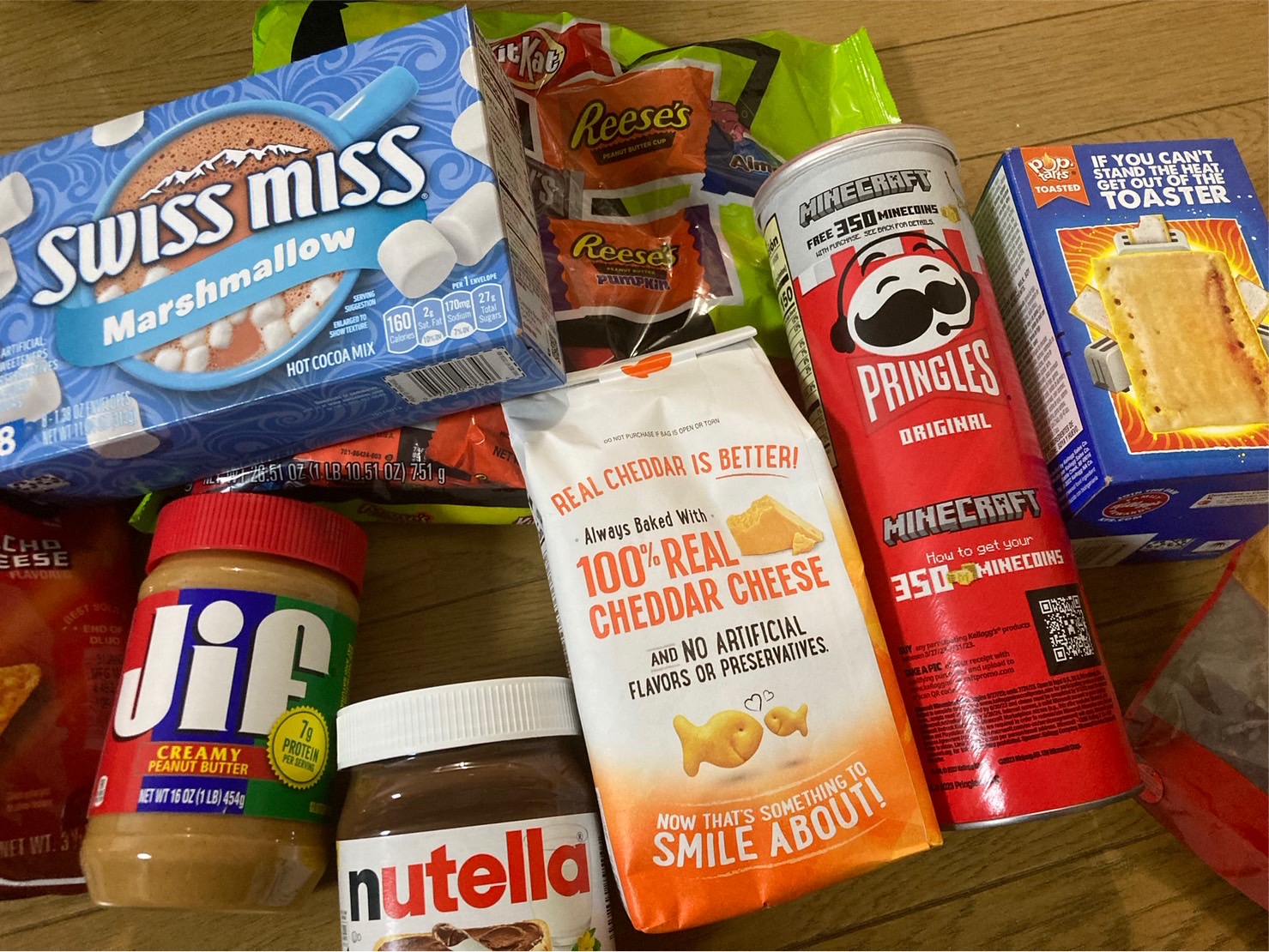
Kabuki (歌舞伎) is a traditional Japanese form of theater with roots tracing back to the Edo Period (1603-1868). It is recognized as one of Japan’s three major classical theaters along with noh and bunraku, and has been named as a UNESCO Intangible Cultural Heritage.
Kabuki is an art form rich in showmanship. It involves elaborately designed costumes, eye-catching make-up, outlandish wigs, and arguably most importantly, the exaggerated actions performed by the actors. The highly-stylized movements serve to convey meaning to the audience; this is especially important since an old-fashioned form of Japanese is typically used, which is difficult even for Japanese people to fully understand.
Dynamic stage sets such as revolving platforms and trapdoors allow for the prompt changing of a scene or the appearance/disappearance of actors. Another specialty of the kabuki stage is a footbridge (hanamichi) that leads through the audience, allowing for a dramatic entrance or exit. Ambiance is aided with live music performed using traditional instruments. These elements combine to produce a visually stunning and captivating performance.
(https://www.japan-guide.com/e/e2090.html)
So we went to see Kabuki in a rural town about 2 hours from us with a tour from base. The Kabuki Theater we went to is the oldest in Japan!
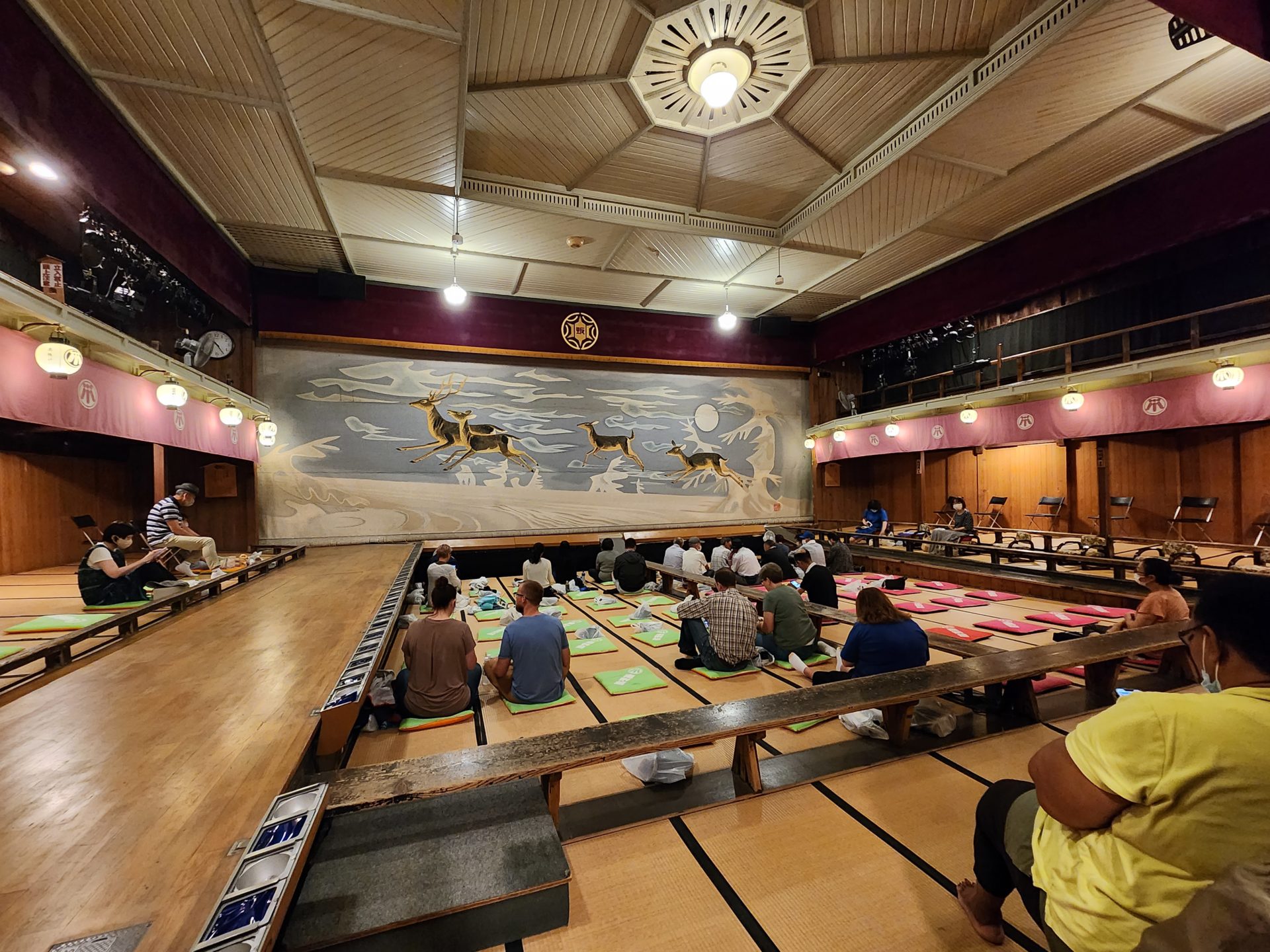
We got a backstage tour. Under the stage is a large wheel which turns the stage 180 degrees for set changes.
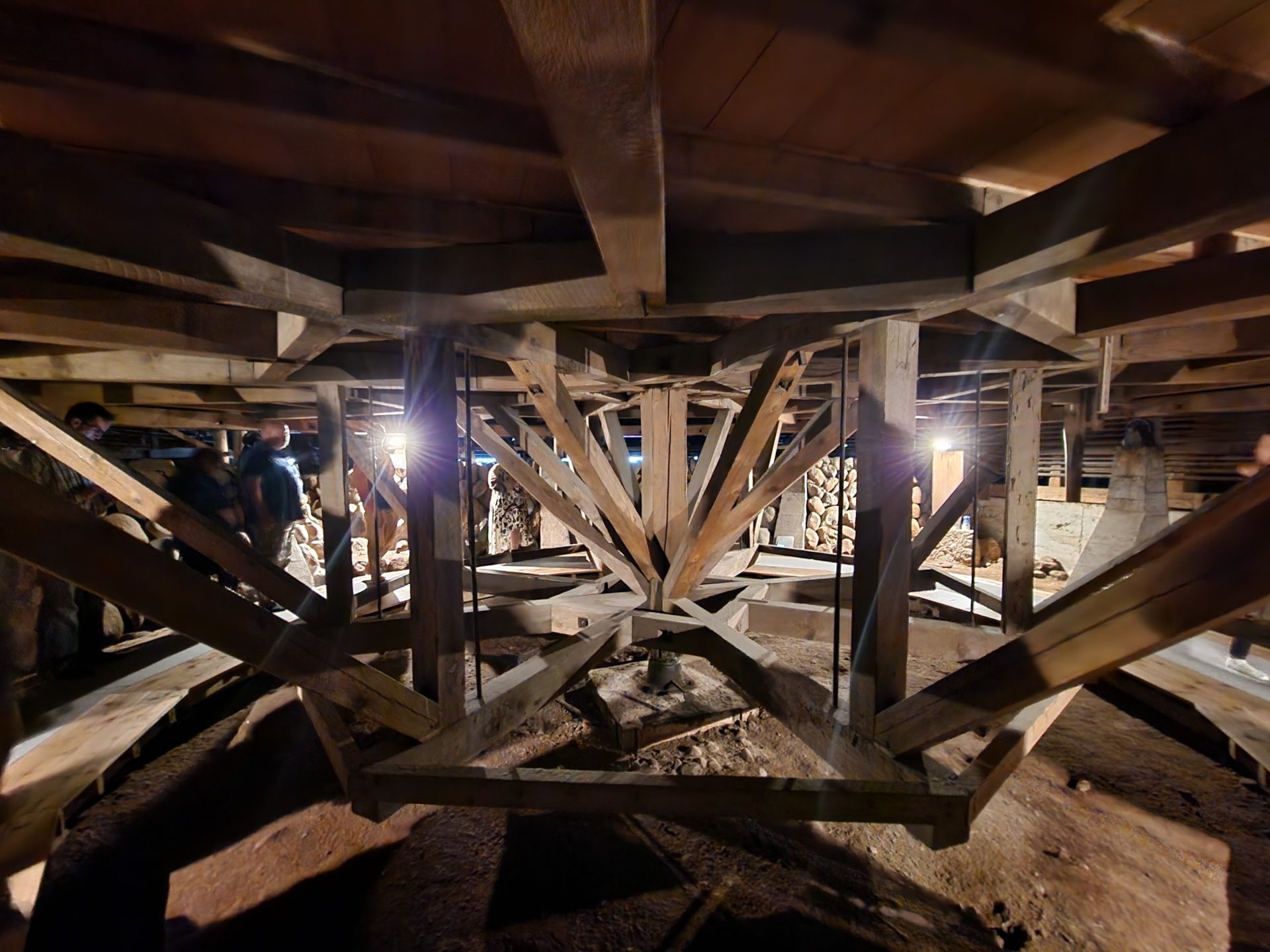

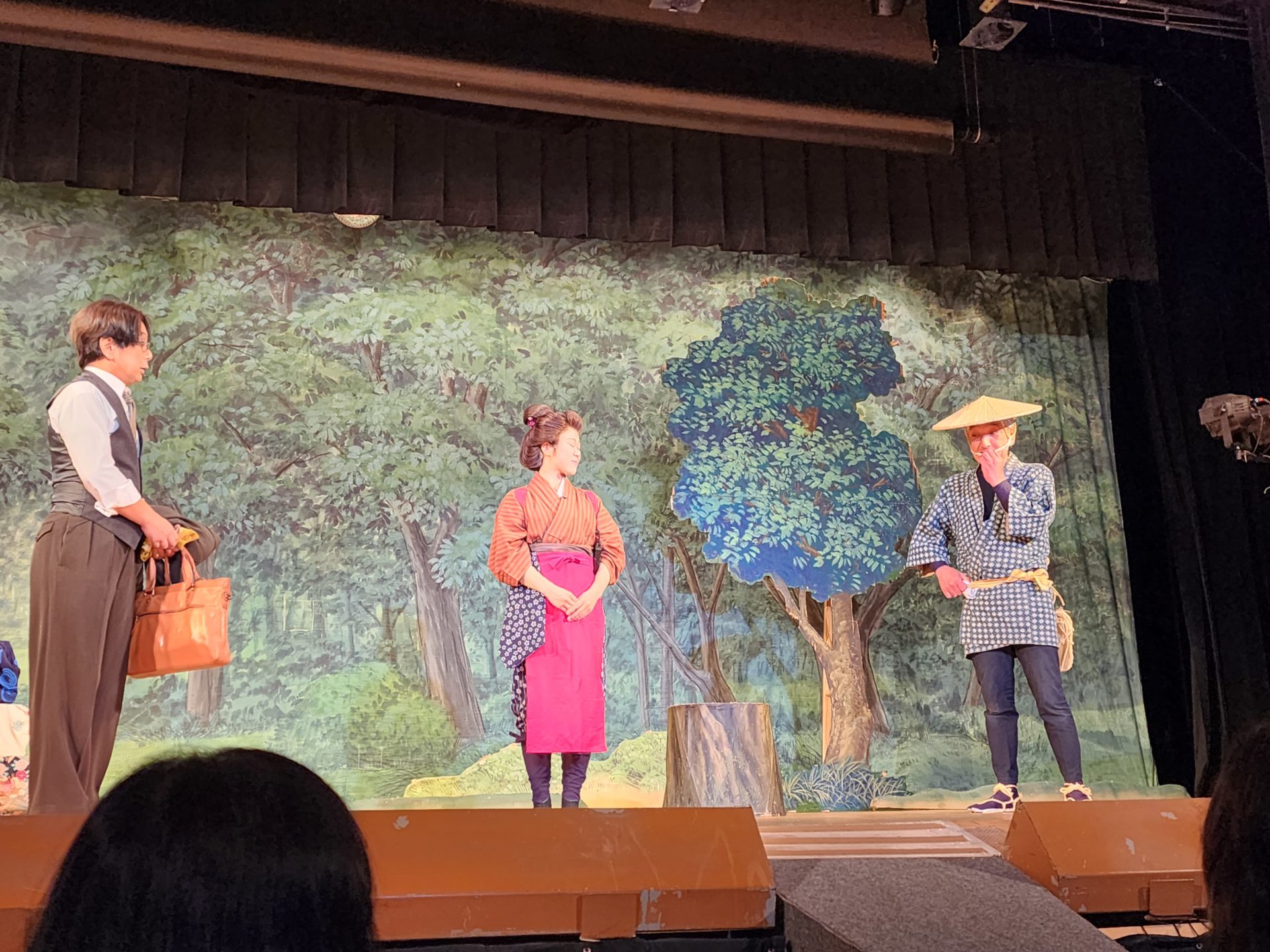

After the play there was a brief intermission so we could get udon and ice cream, then came the second act of dances with music.
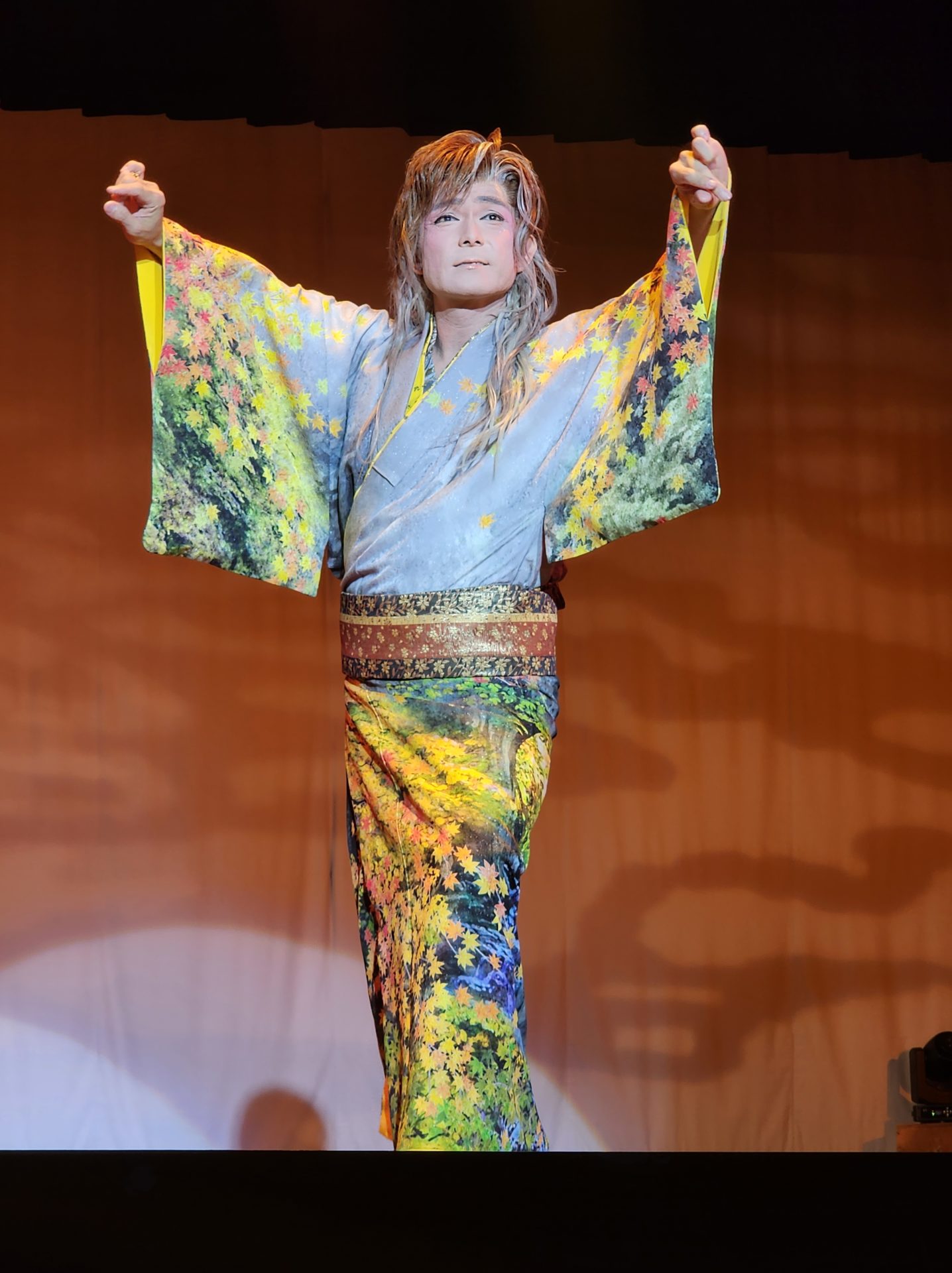
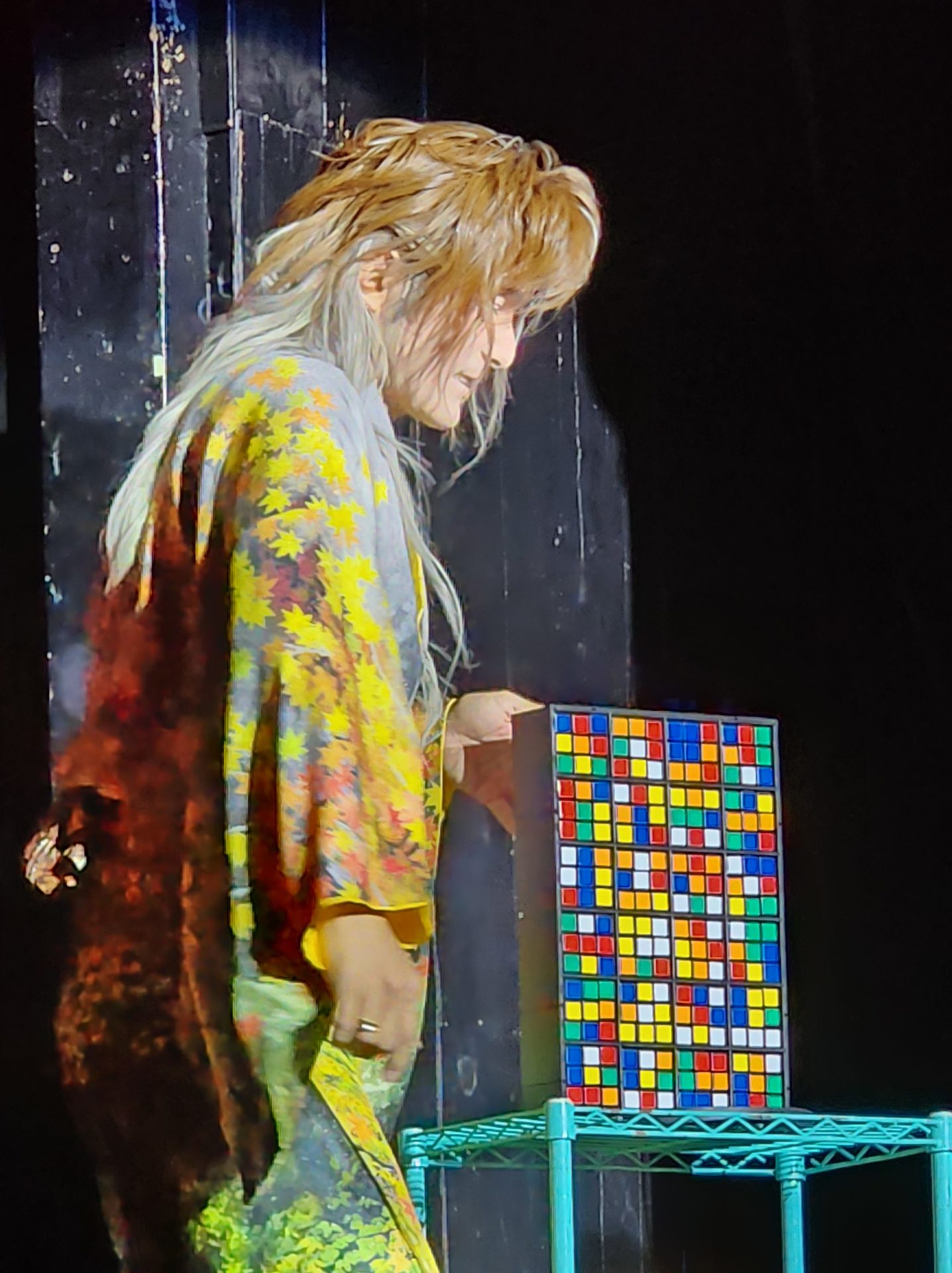
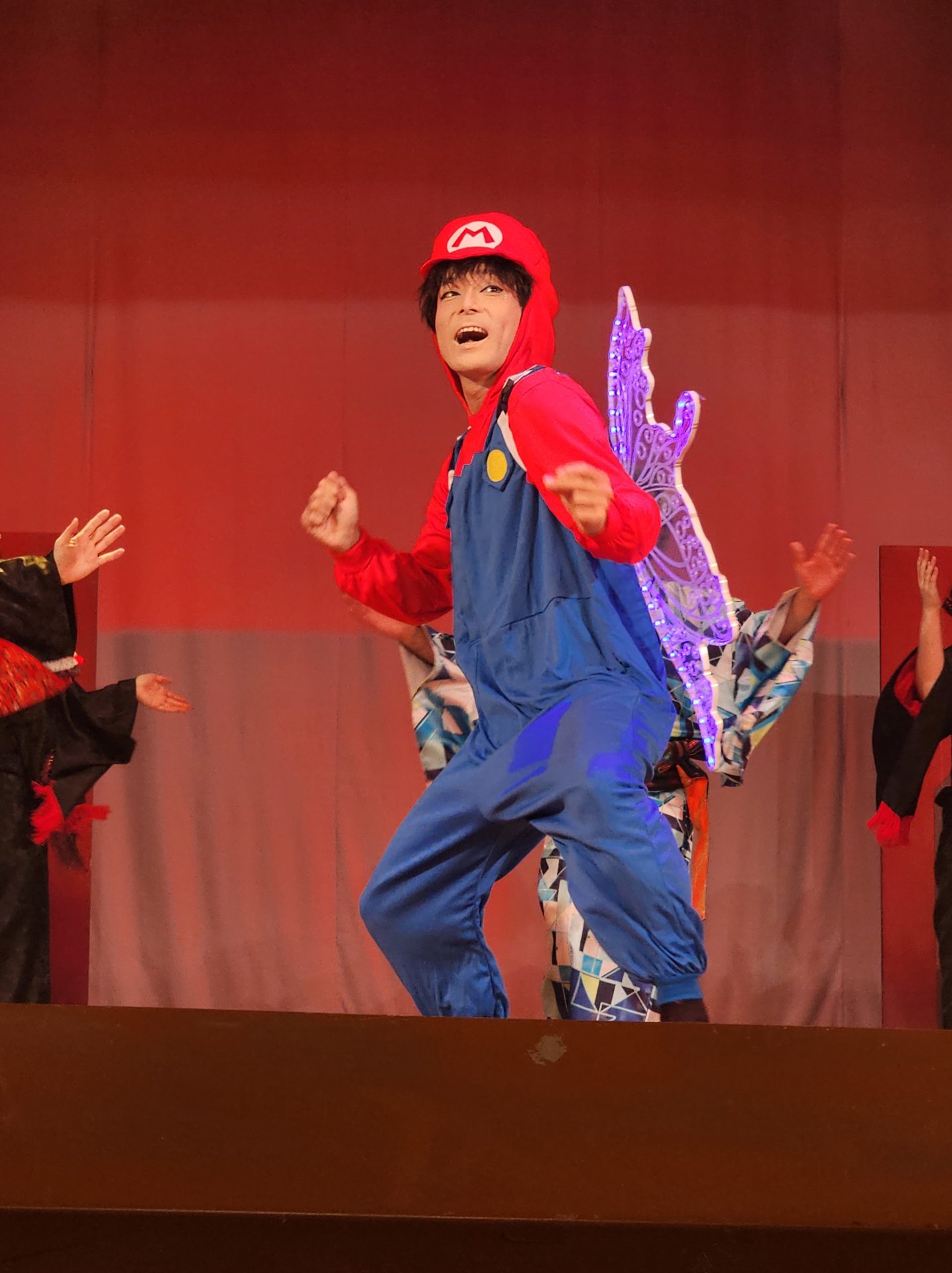
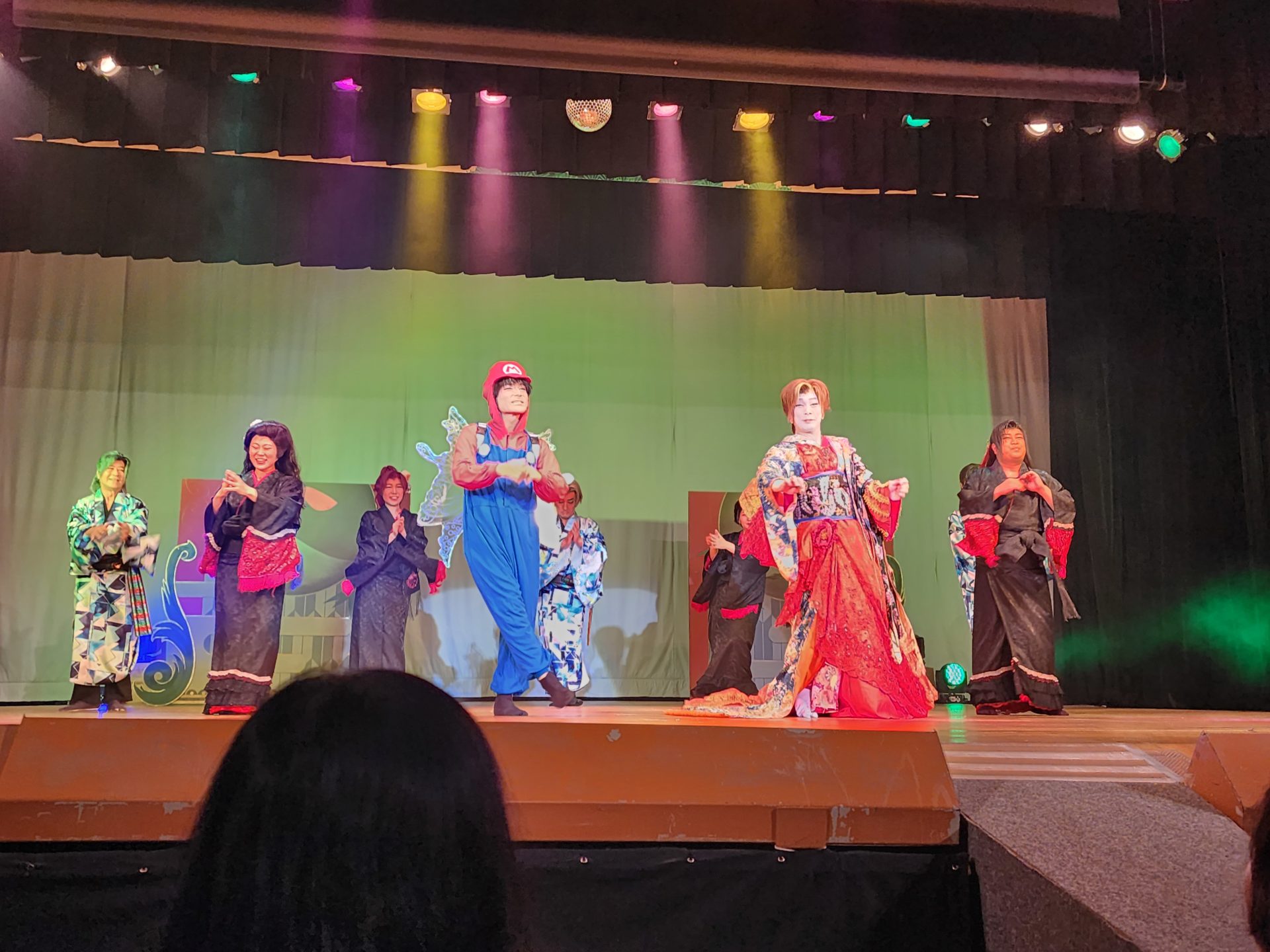
After the play we went to the nearby seven step waterfall.
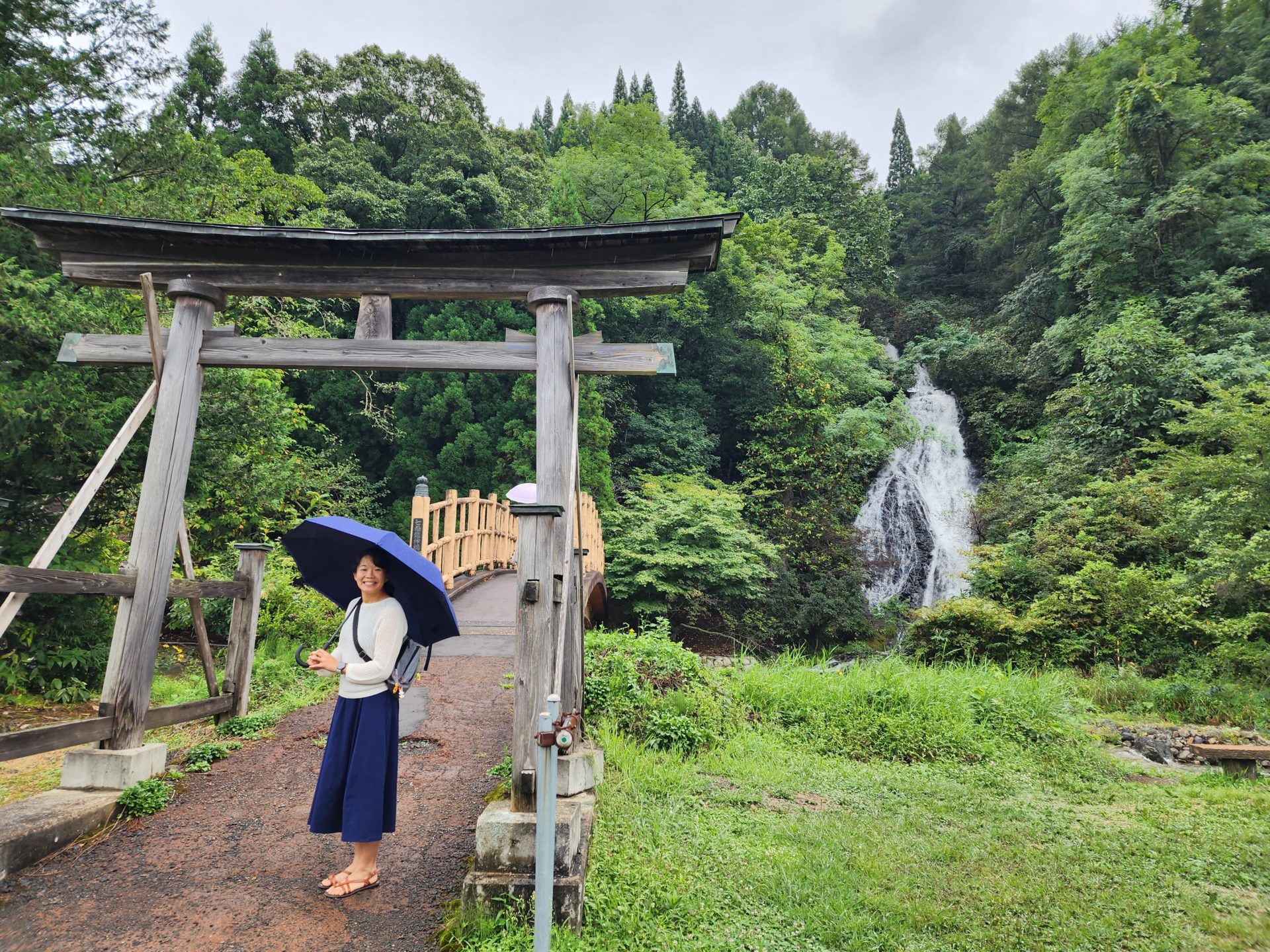
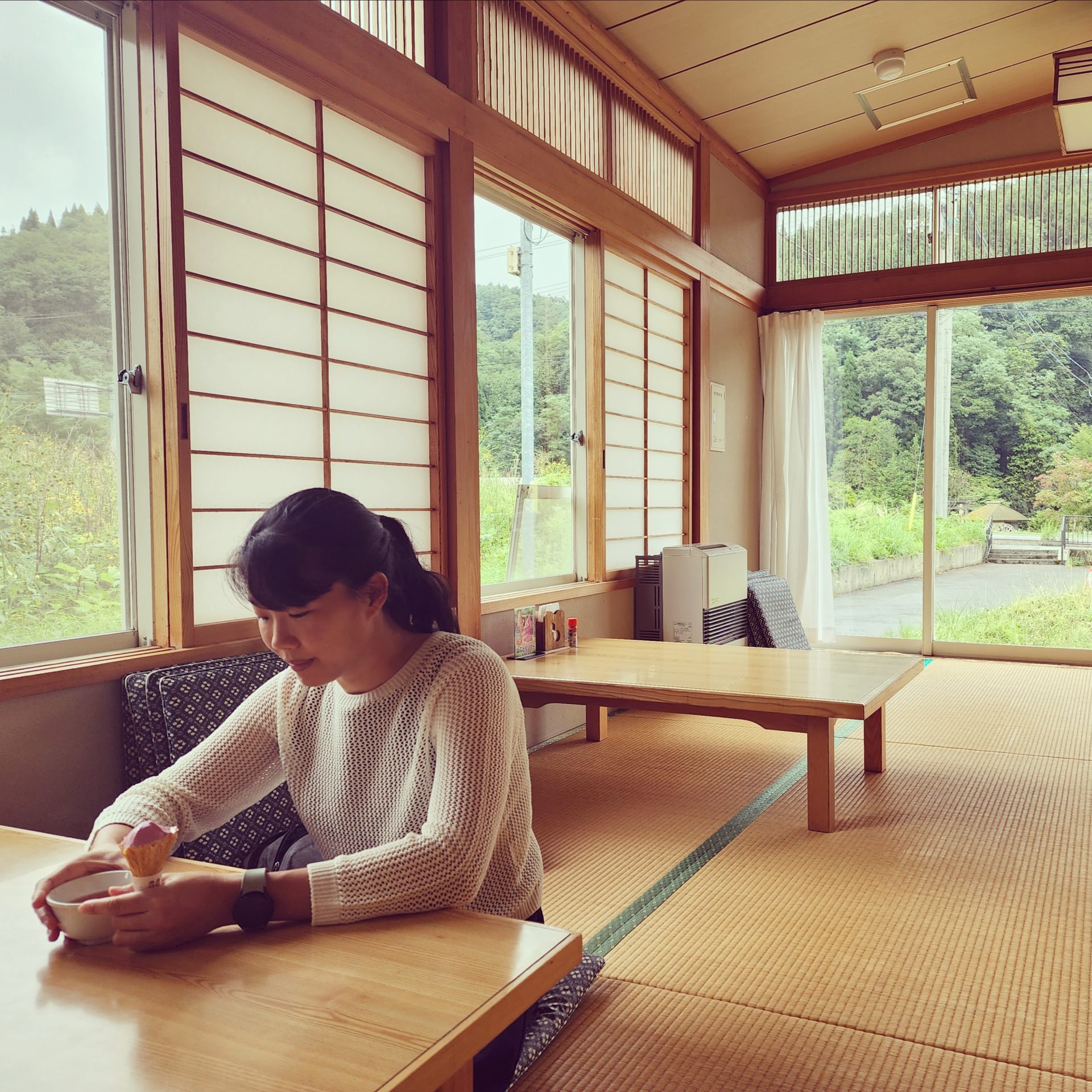
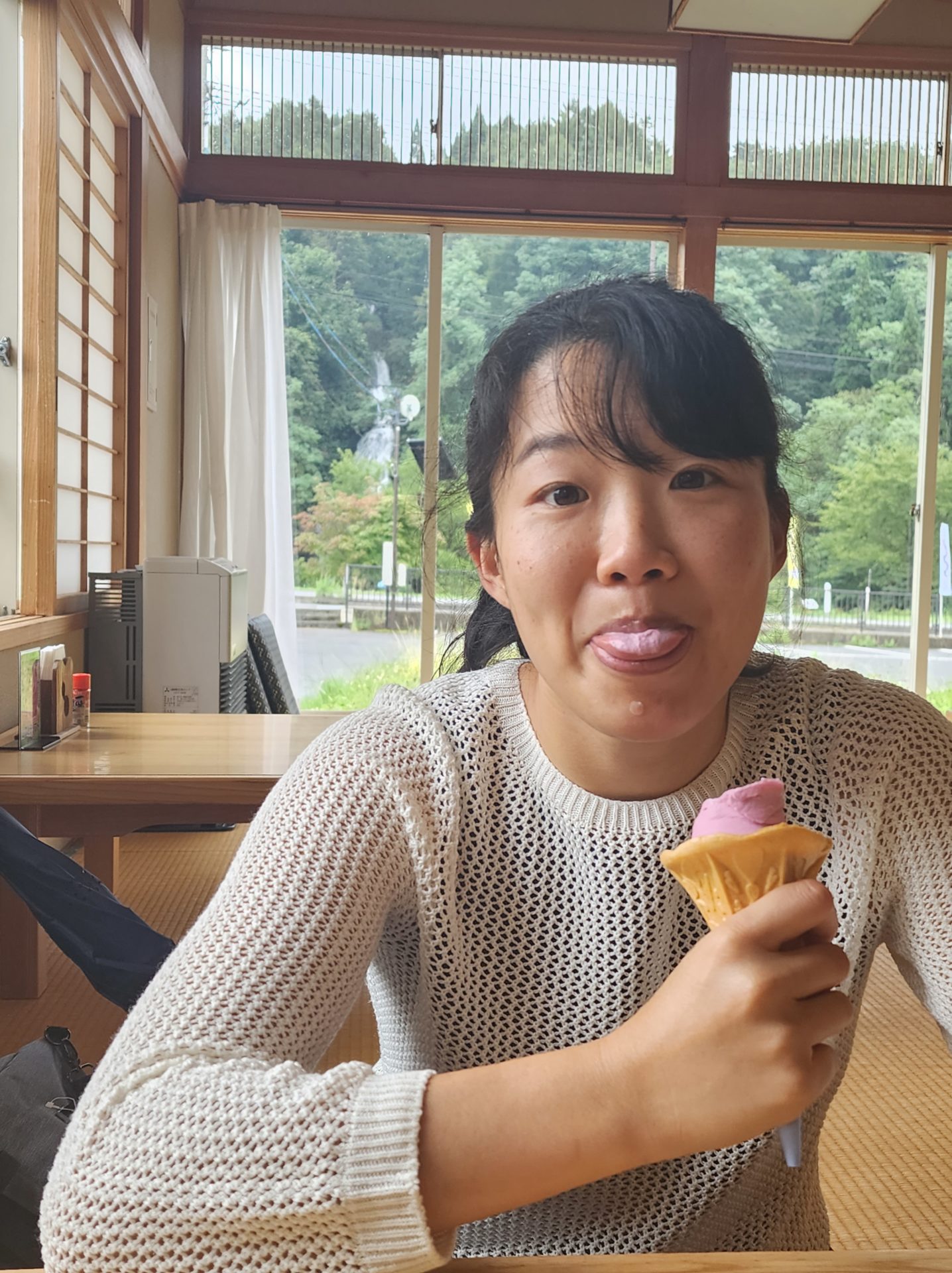
With the day off we headed out for a new adventure, to the farmlands of rural Japan to pick fresh pears, apples, and grapes! When you get in, you get to pick and eat unlimited fruit for 40 minutes, then you get charged by the kilo for whatever you take home. The pears were so sweet and the grapes were delicious!
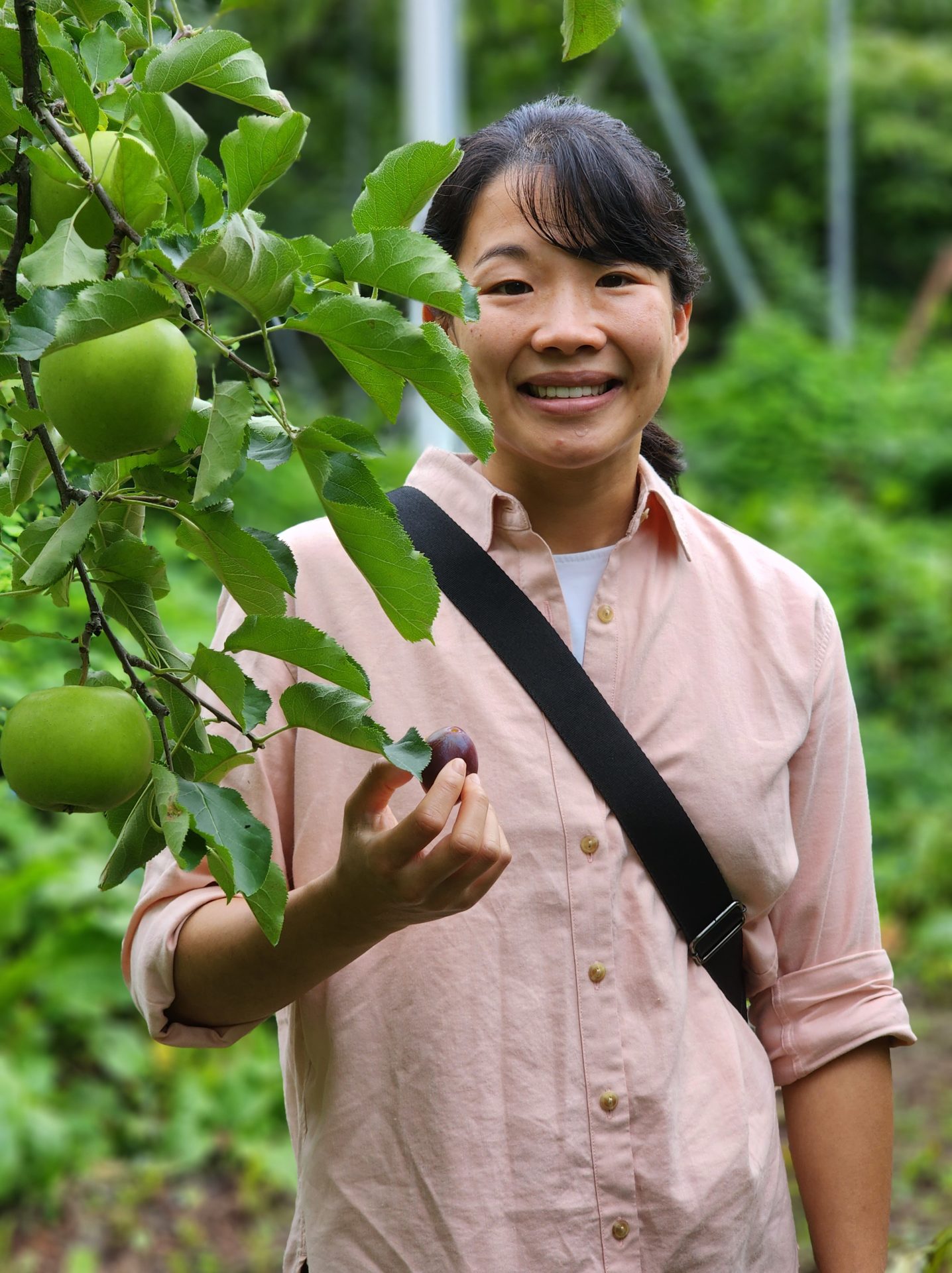
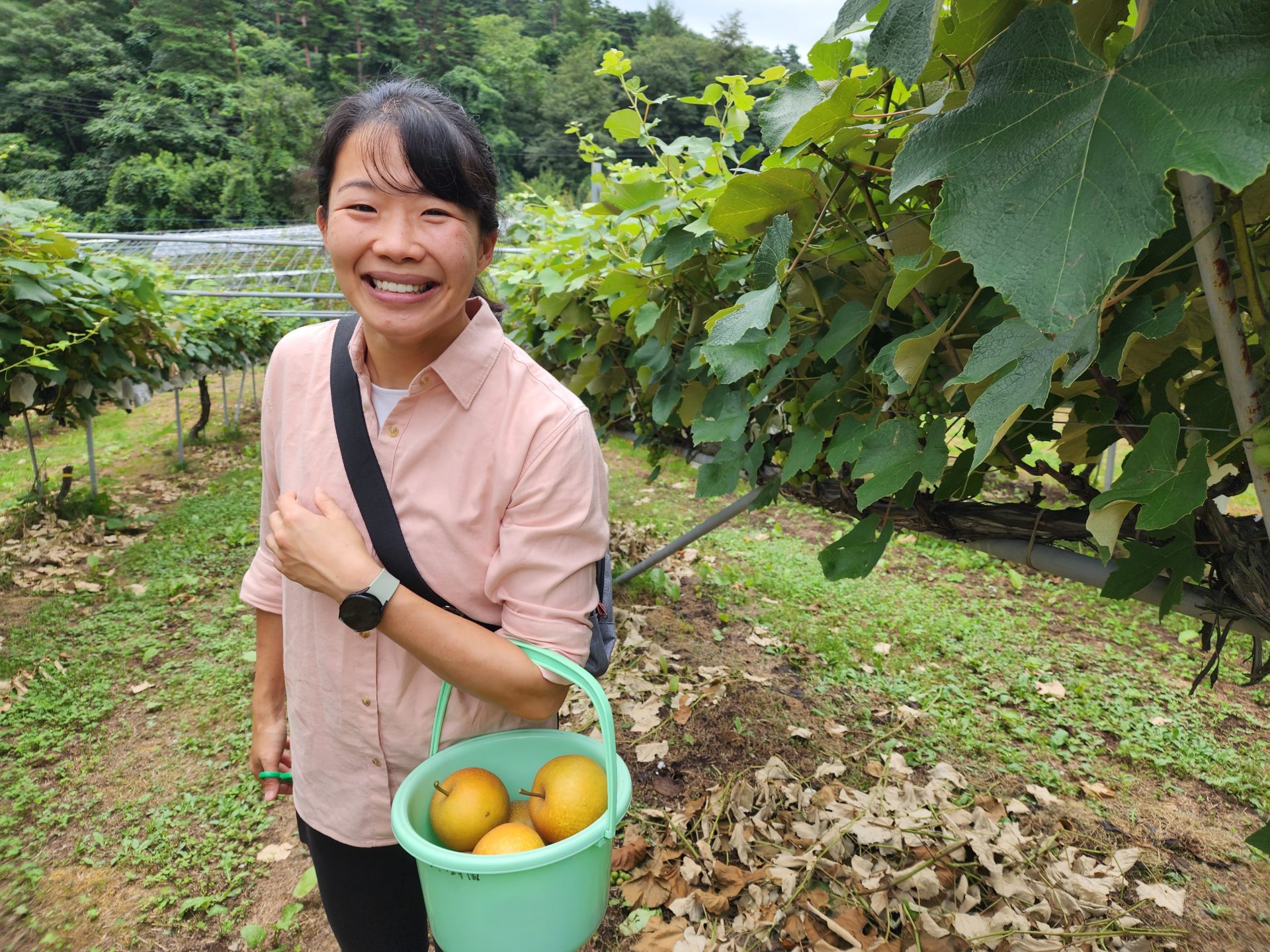
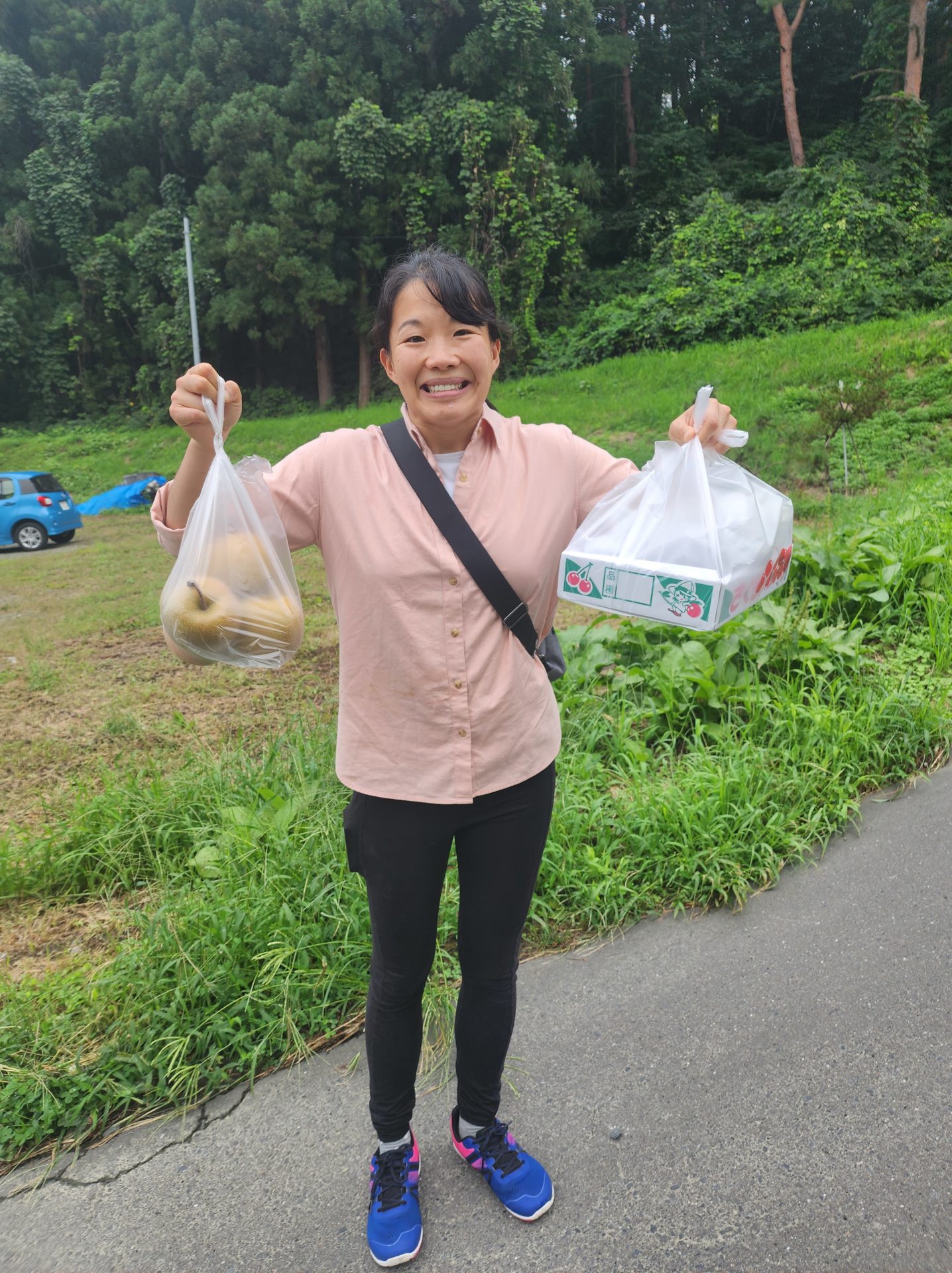
After fruit picking we went to a local “Jinja” or Shinto temple because they are really neat to see.
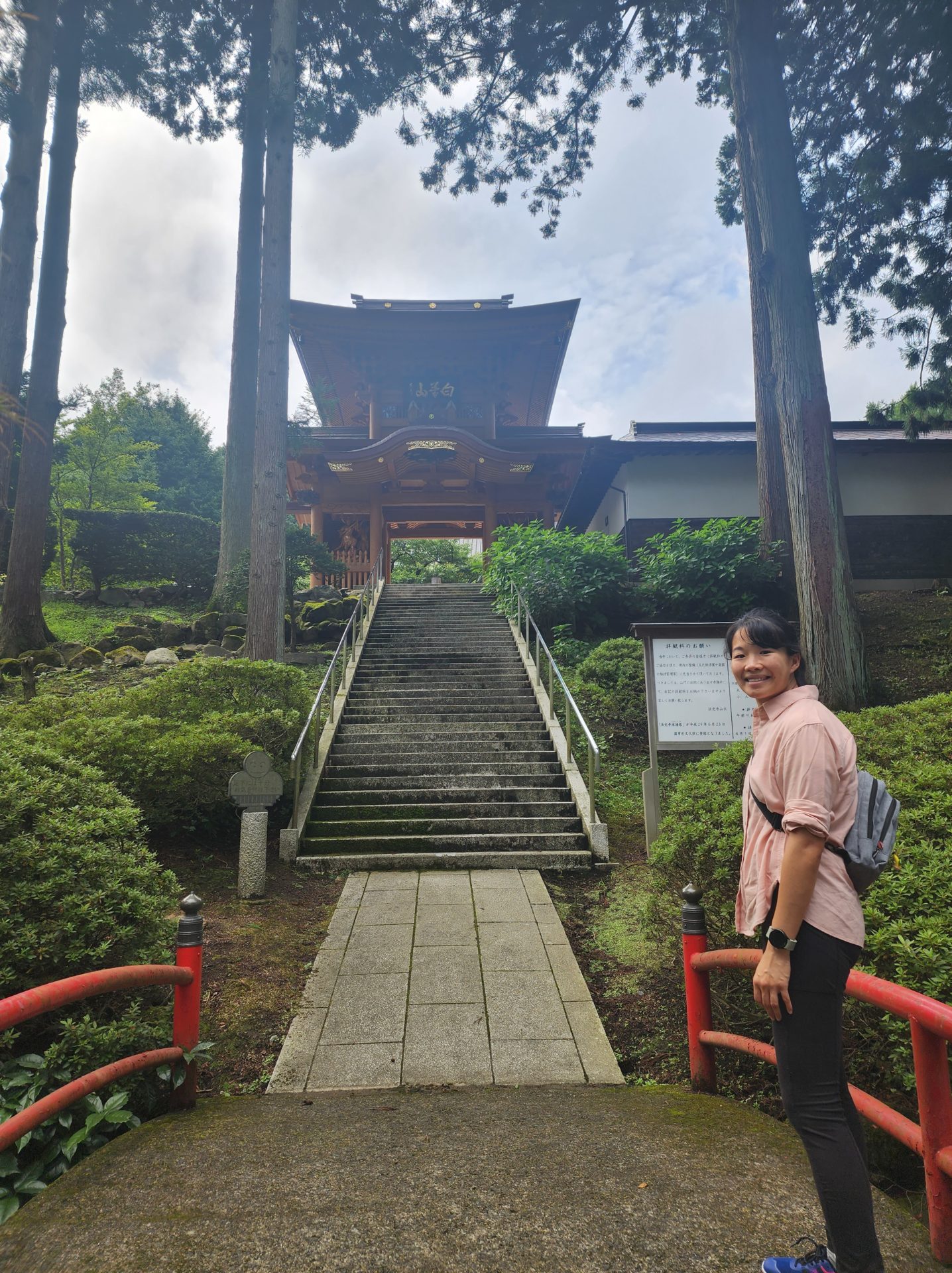

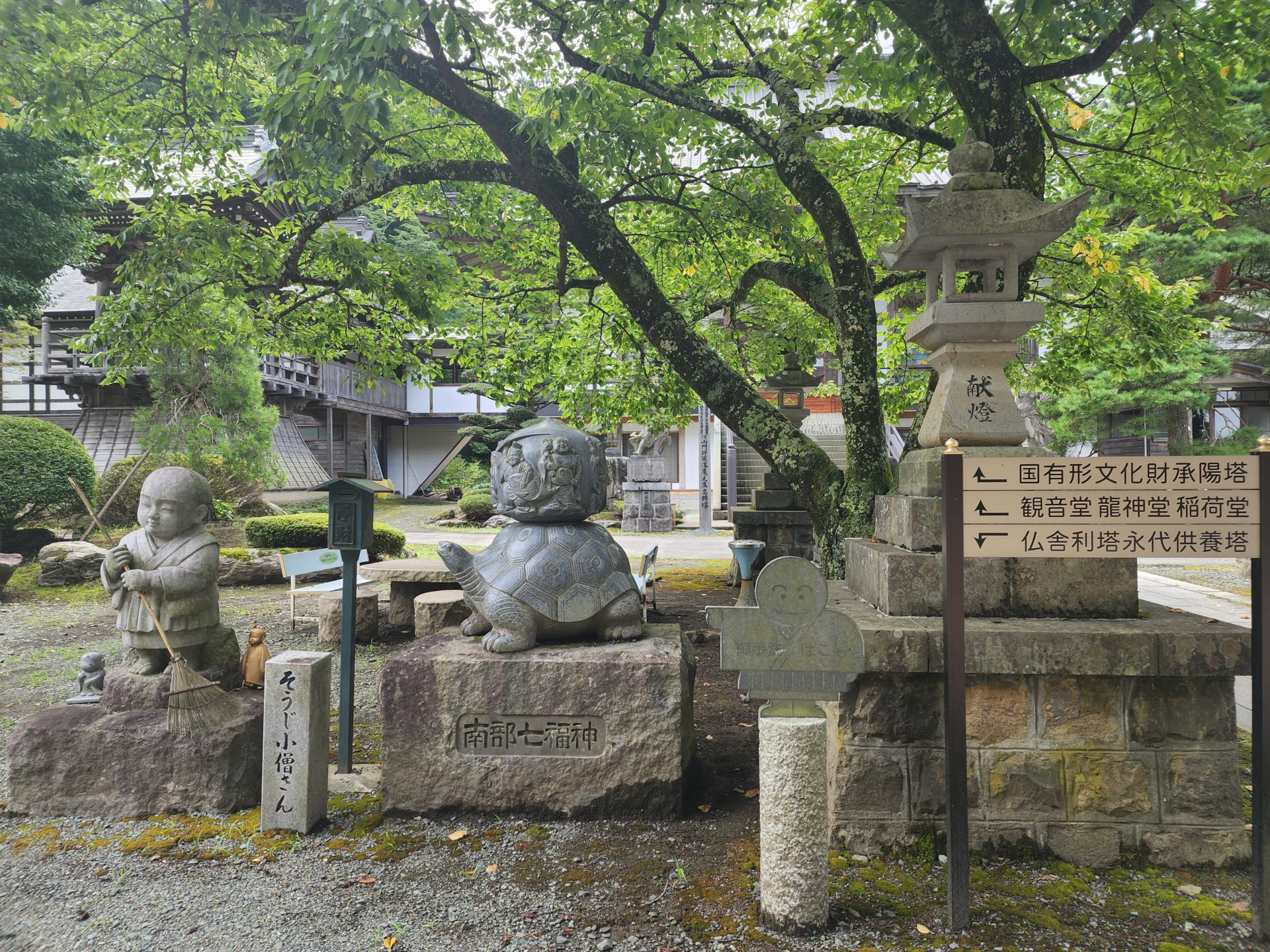
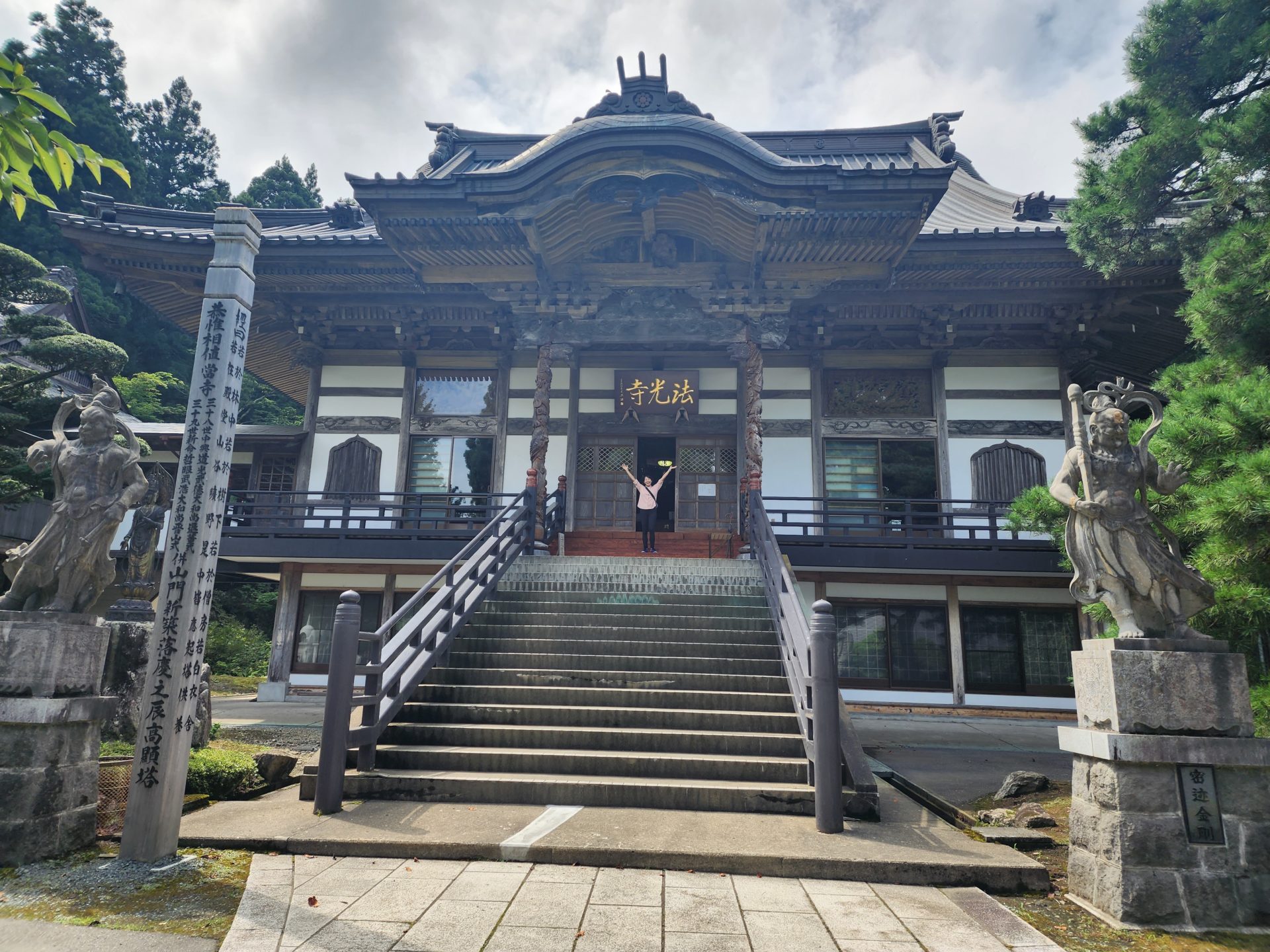
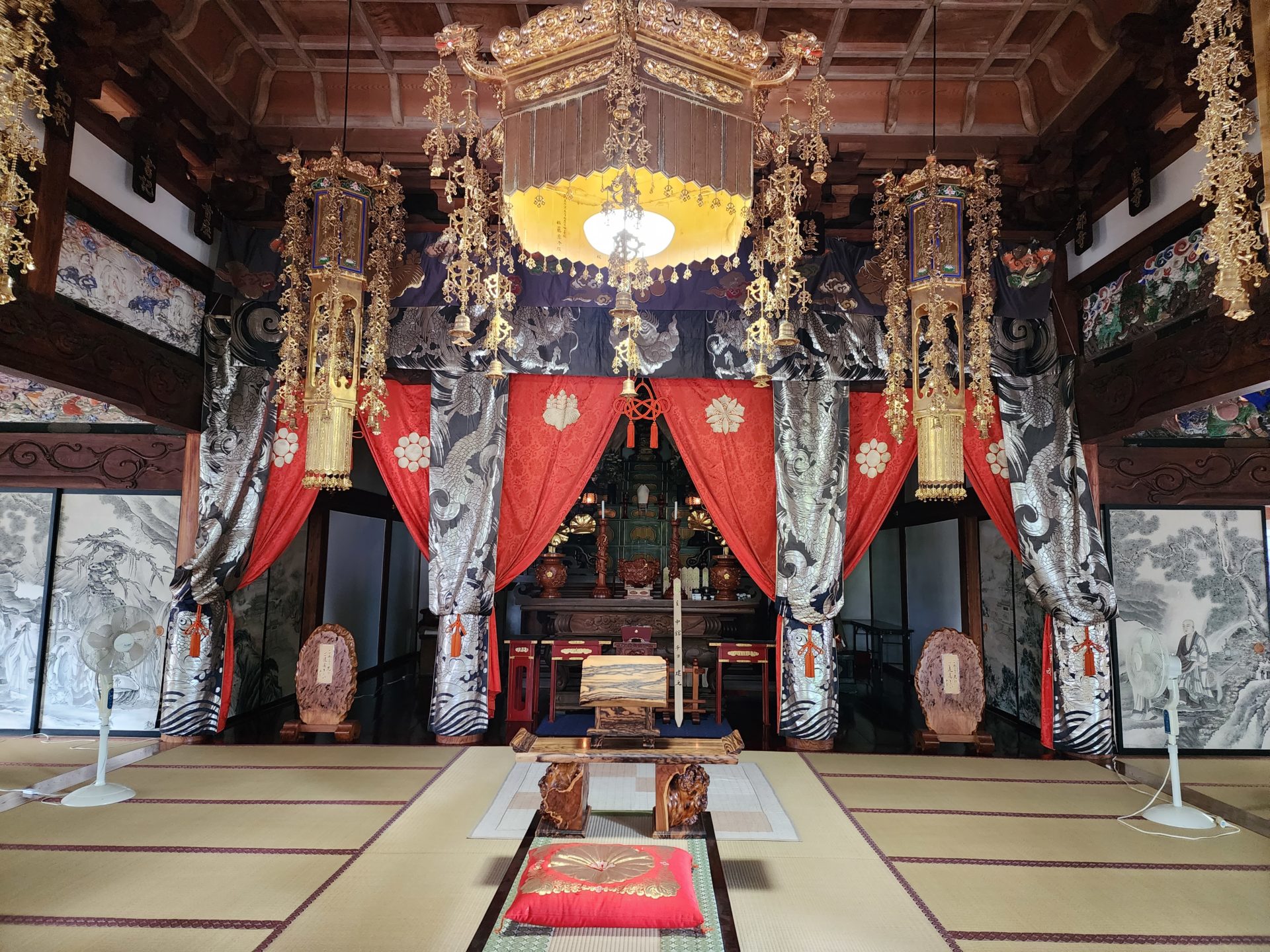
Right next to the main temple building was another cool looking building with the door open. Naturally we went inside to check it out. There was so much nice decorative art, an empty room with tatami mats that looked beautiful, and… a kitchen? Uh oh. And a lady who just stepped out of the kitchen. And she looks confused and concerned. Uh oh, and she’s shooing us out of.. omg we are in her house! Whoops! Sumimasen!!
Apparently in Japan, people live on the temple grounds and take care of the temple full time. Yikes. Well now we know for next time! 😀
This weekend is the Misawa Summer Festival. This happens at the end of August every year and this is the 99th year of this festival. Cities from all around make floats which are pulled through the streets. It’s hard to describe so I’ll post pictures and videos!
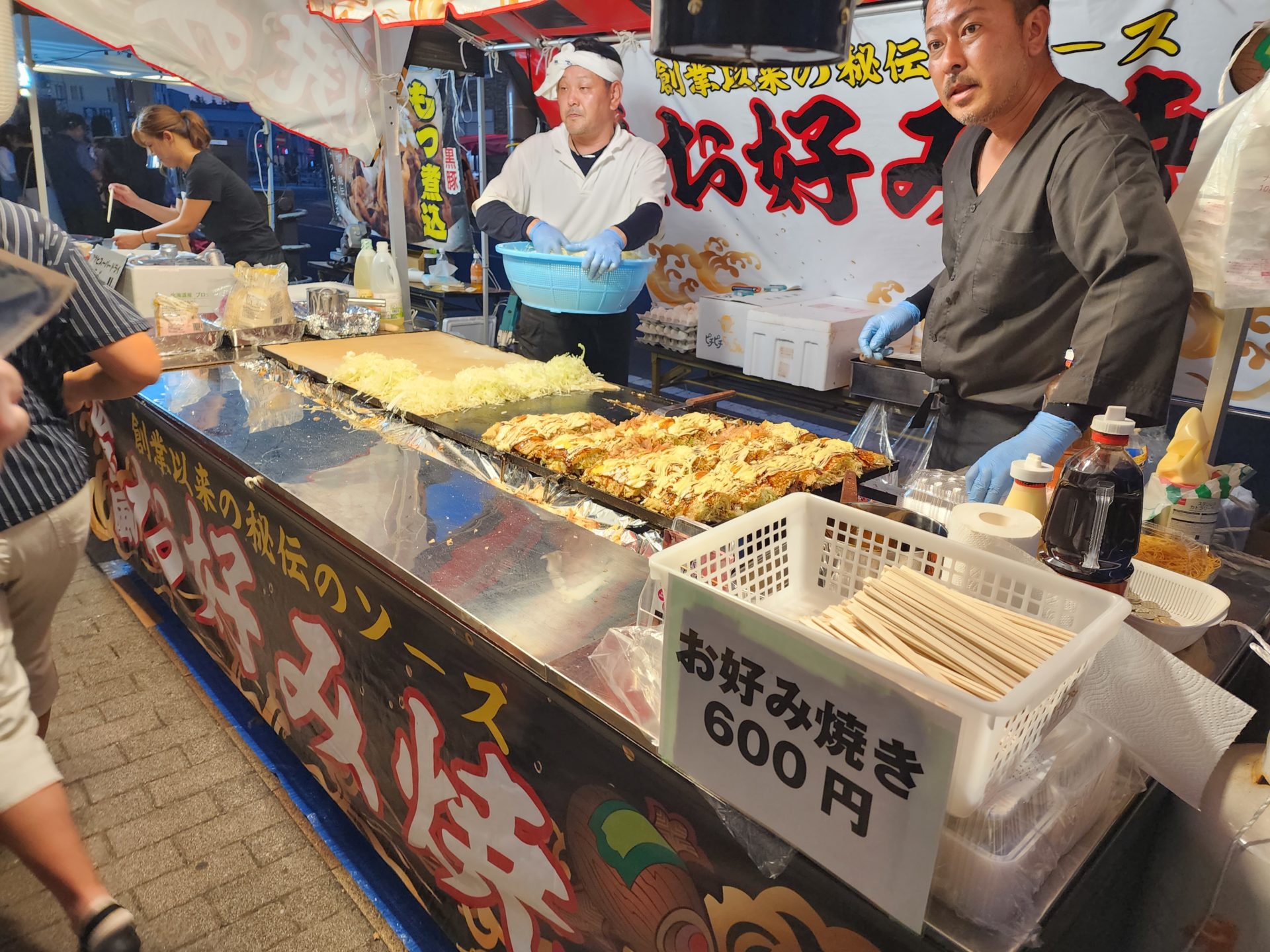
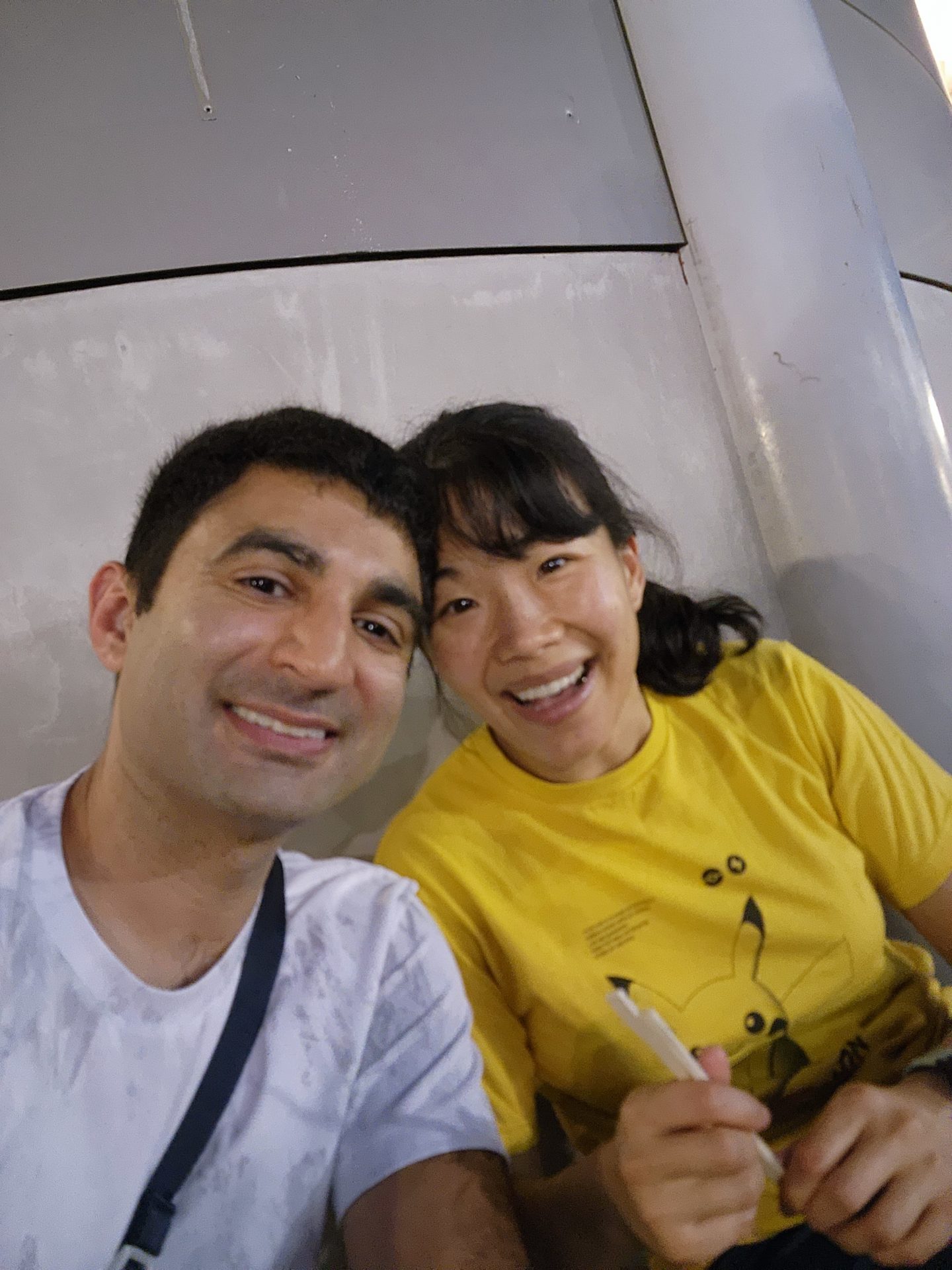
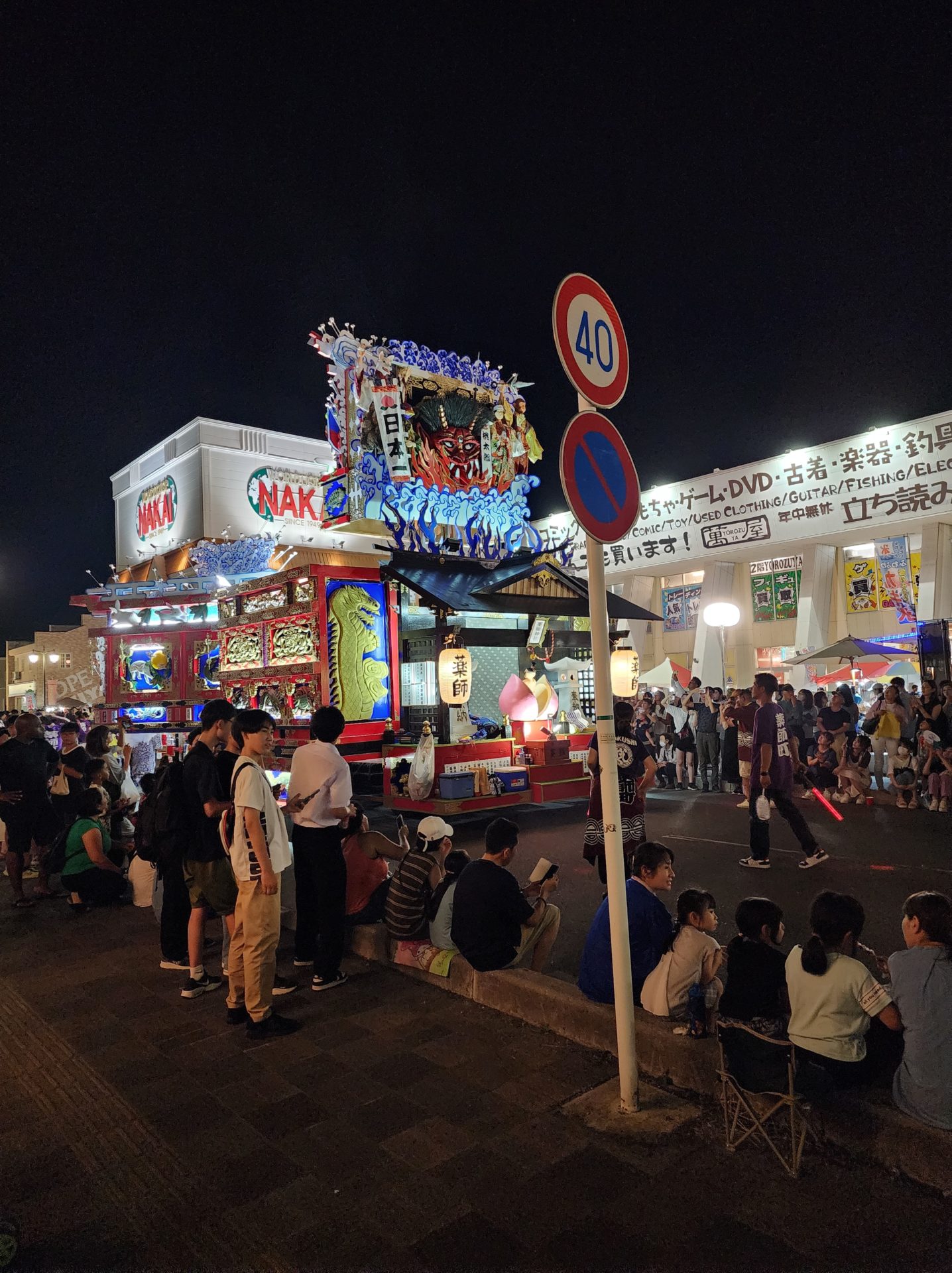
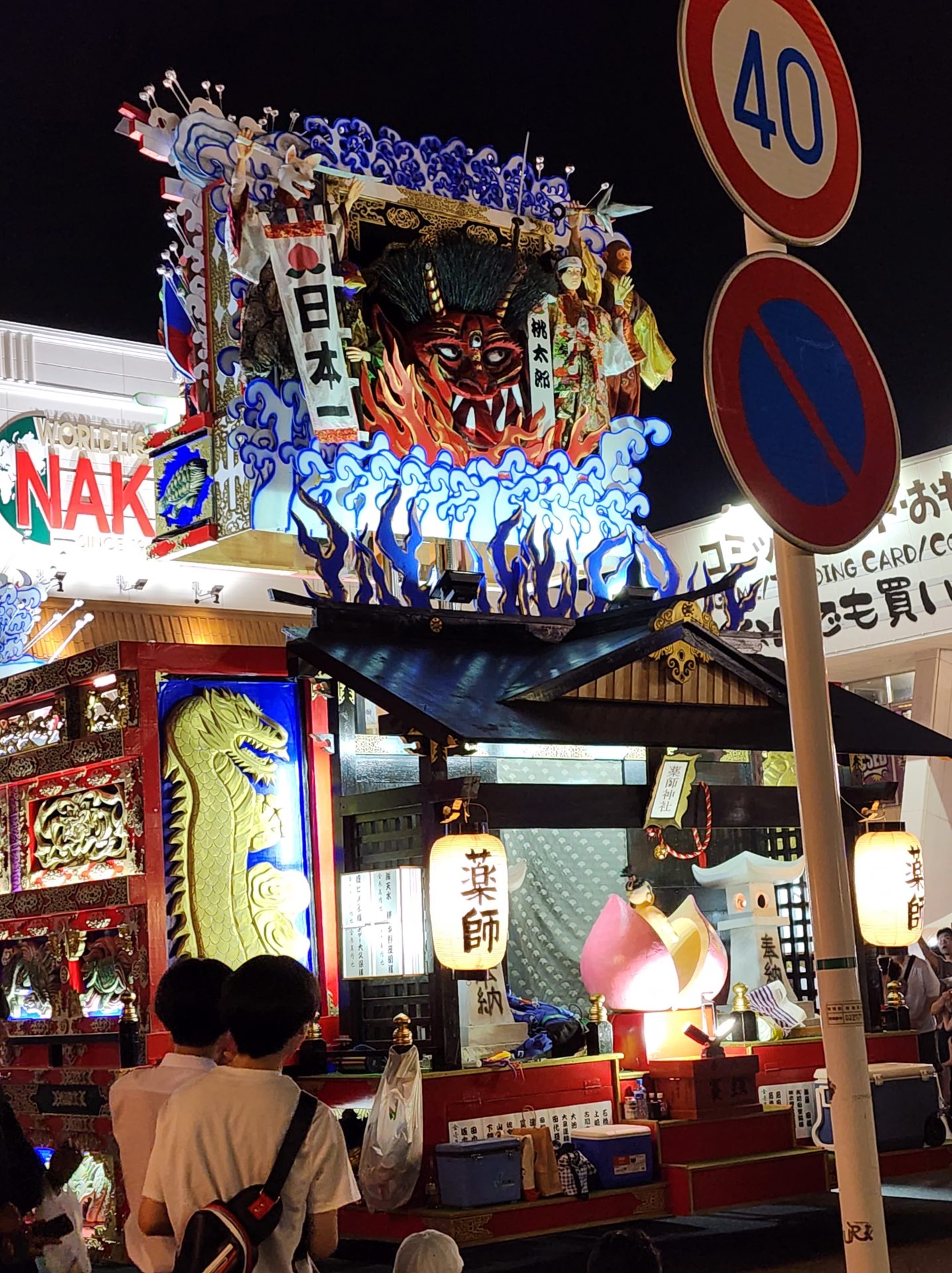
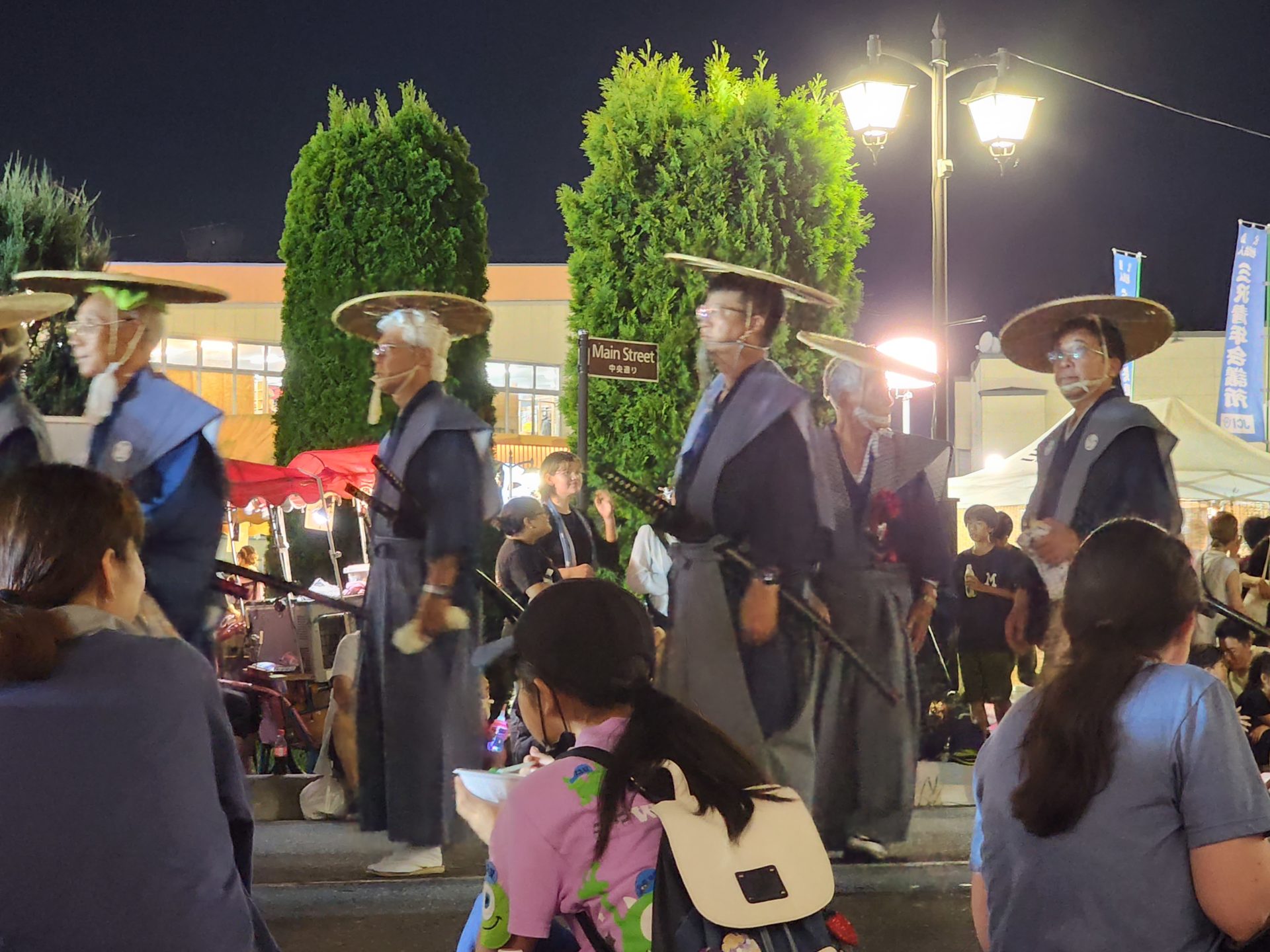
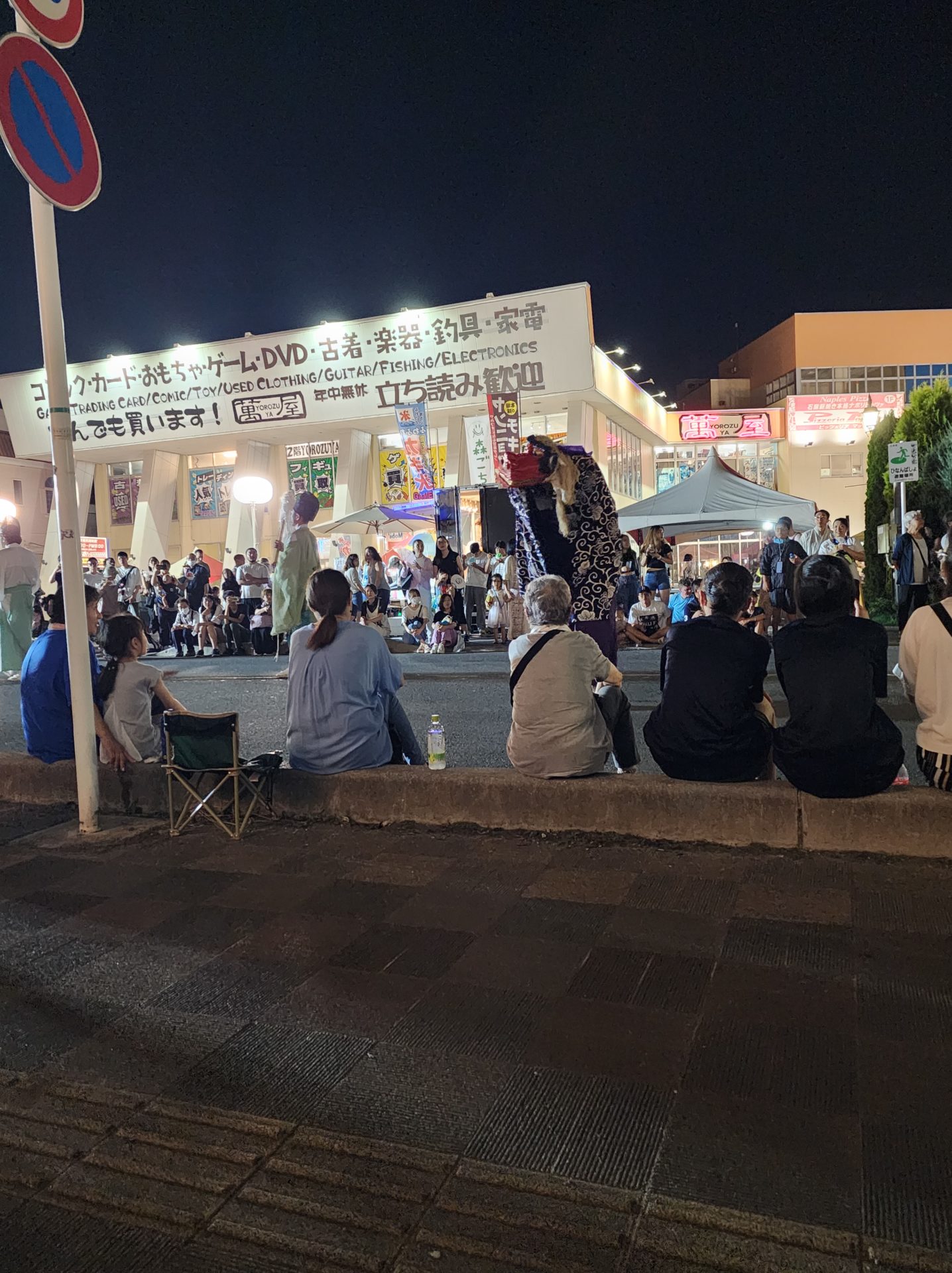
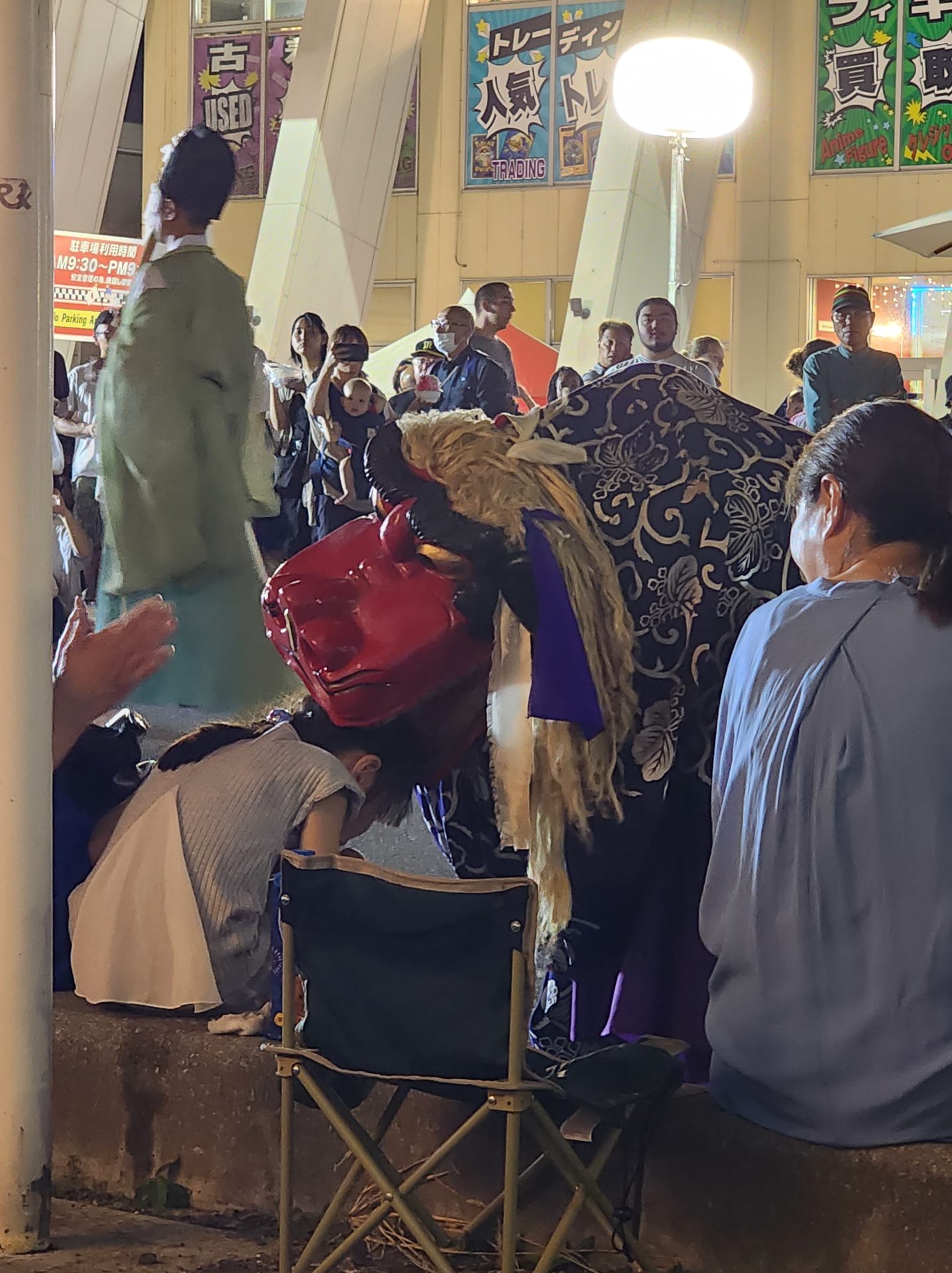
Leanne and I have really leaned into Japanese cuisine. Now, when Leanne goes to work, she takes a bento box.
This was a bento box I made for her for work tomorrow.
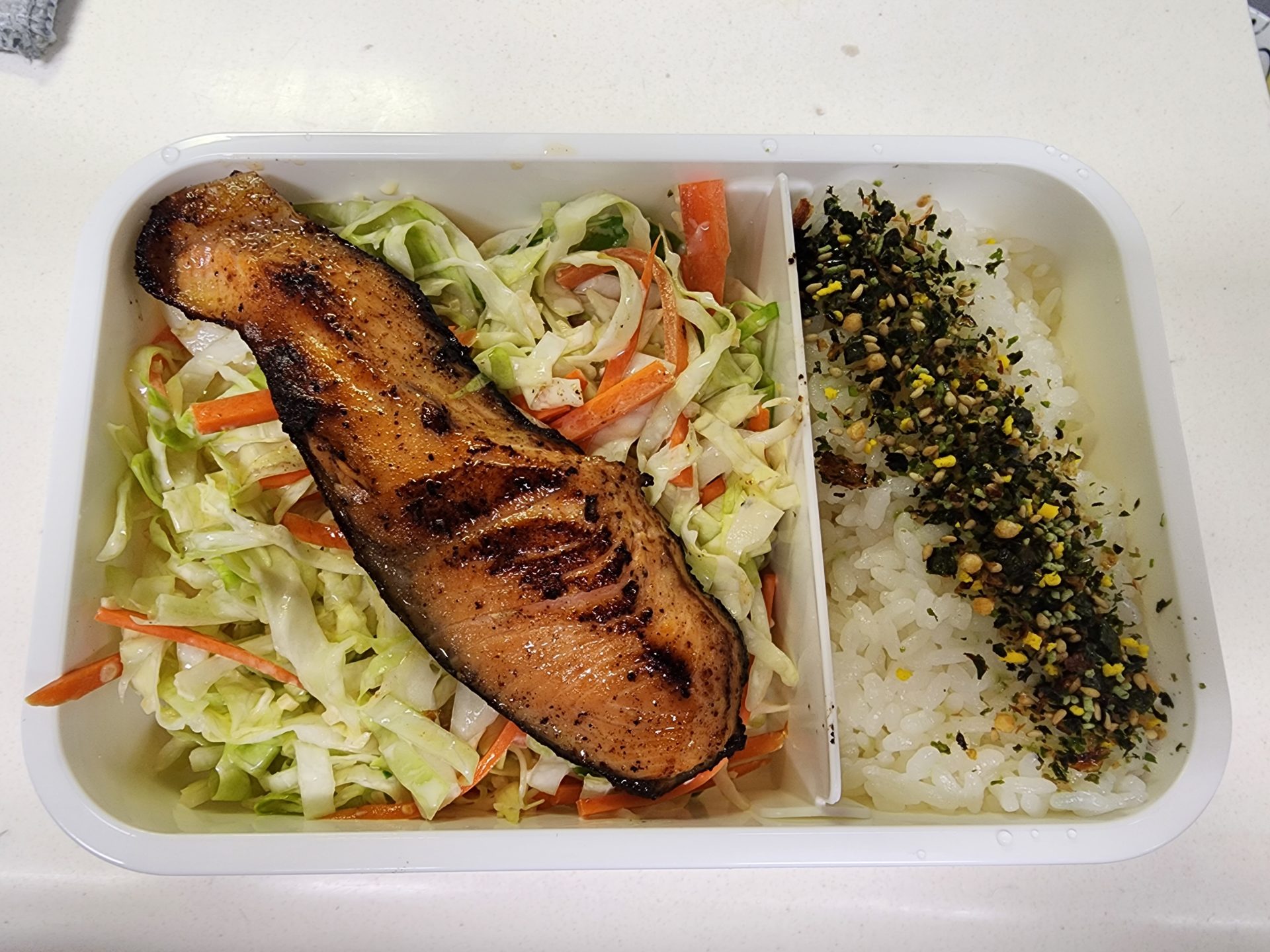
Tonight we ate yakiniku, which is grilled meat. The grill is on the table and the meat is brought to your table by a robot!
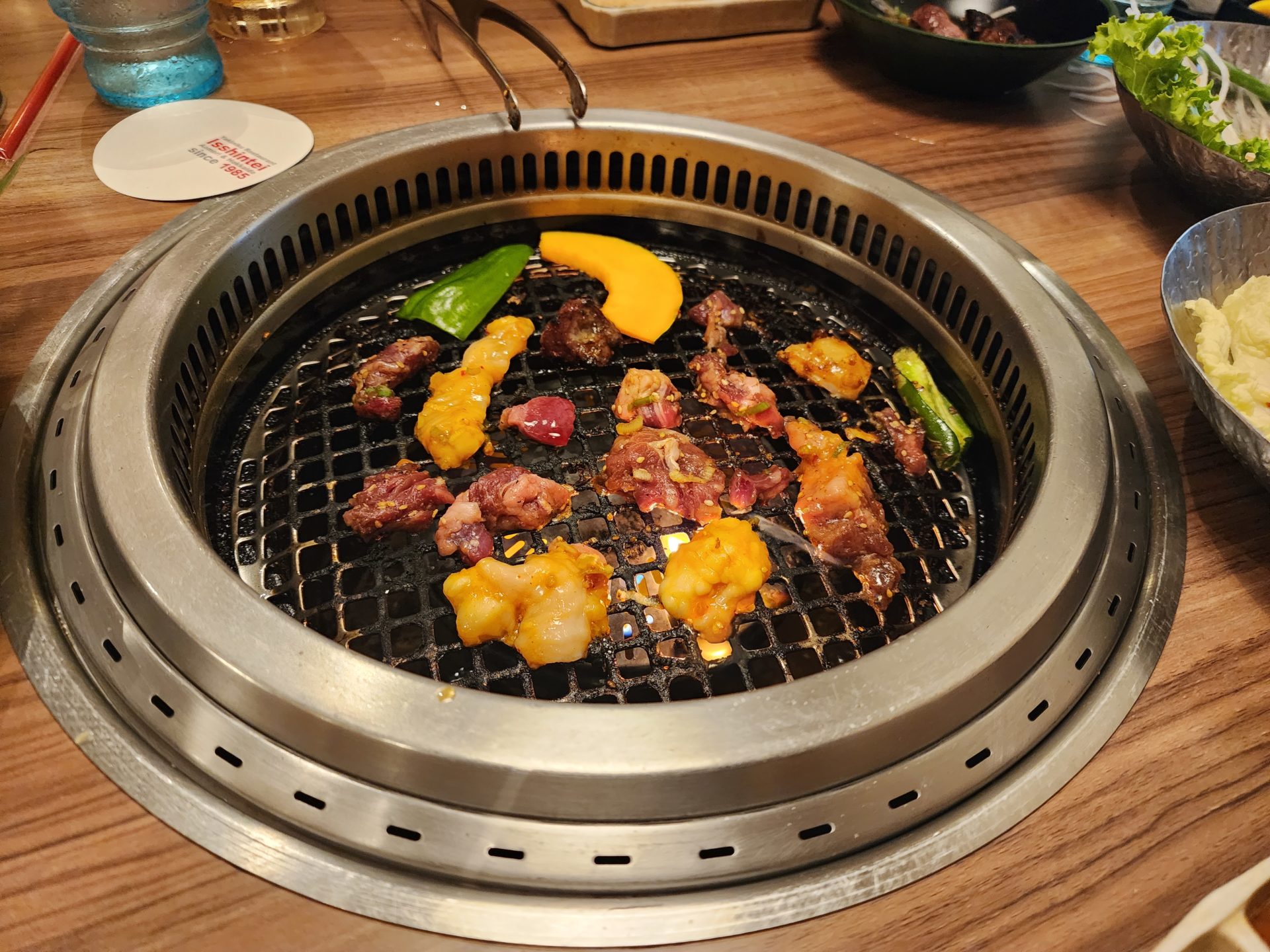
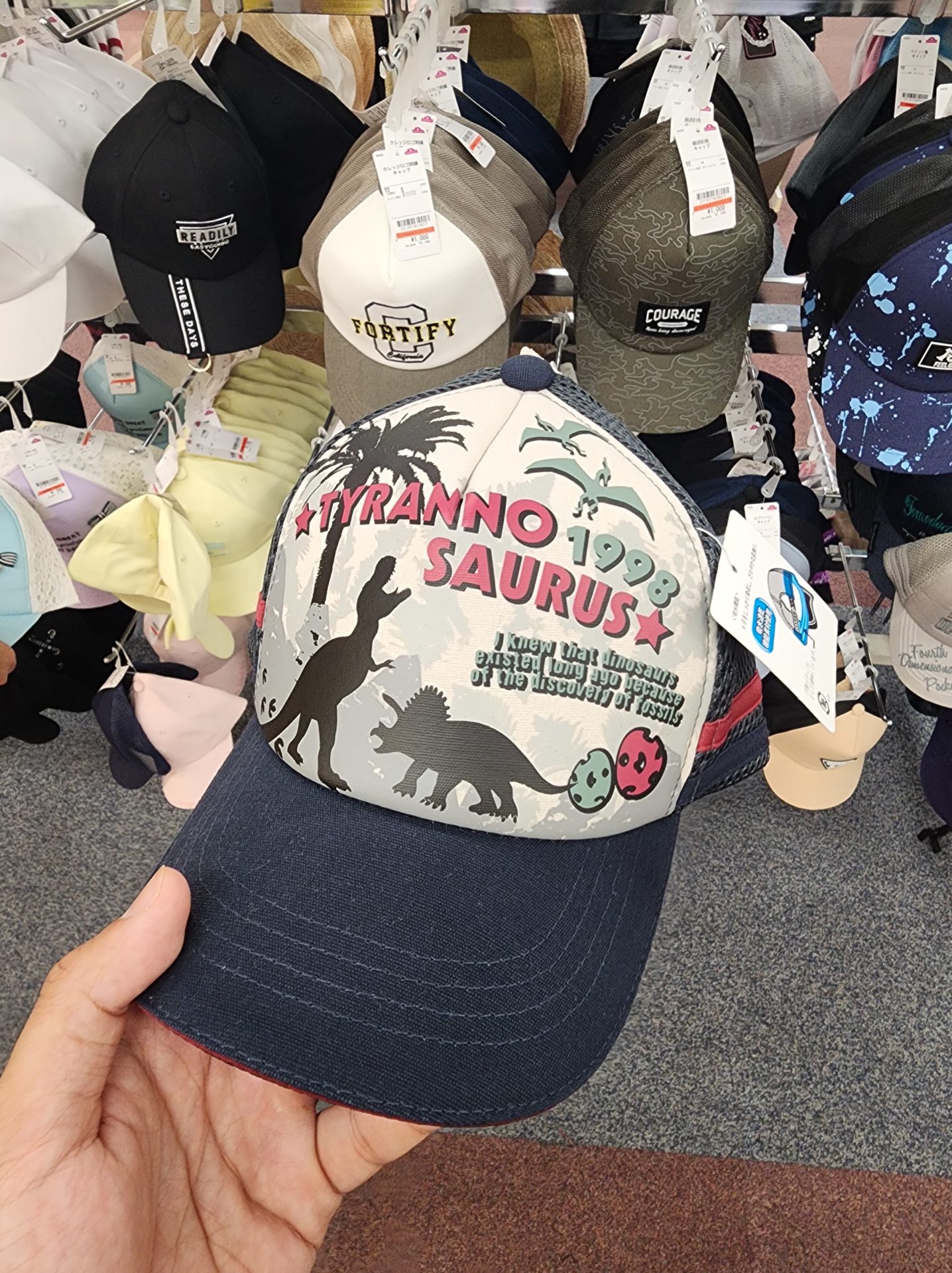
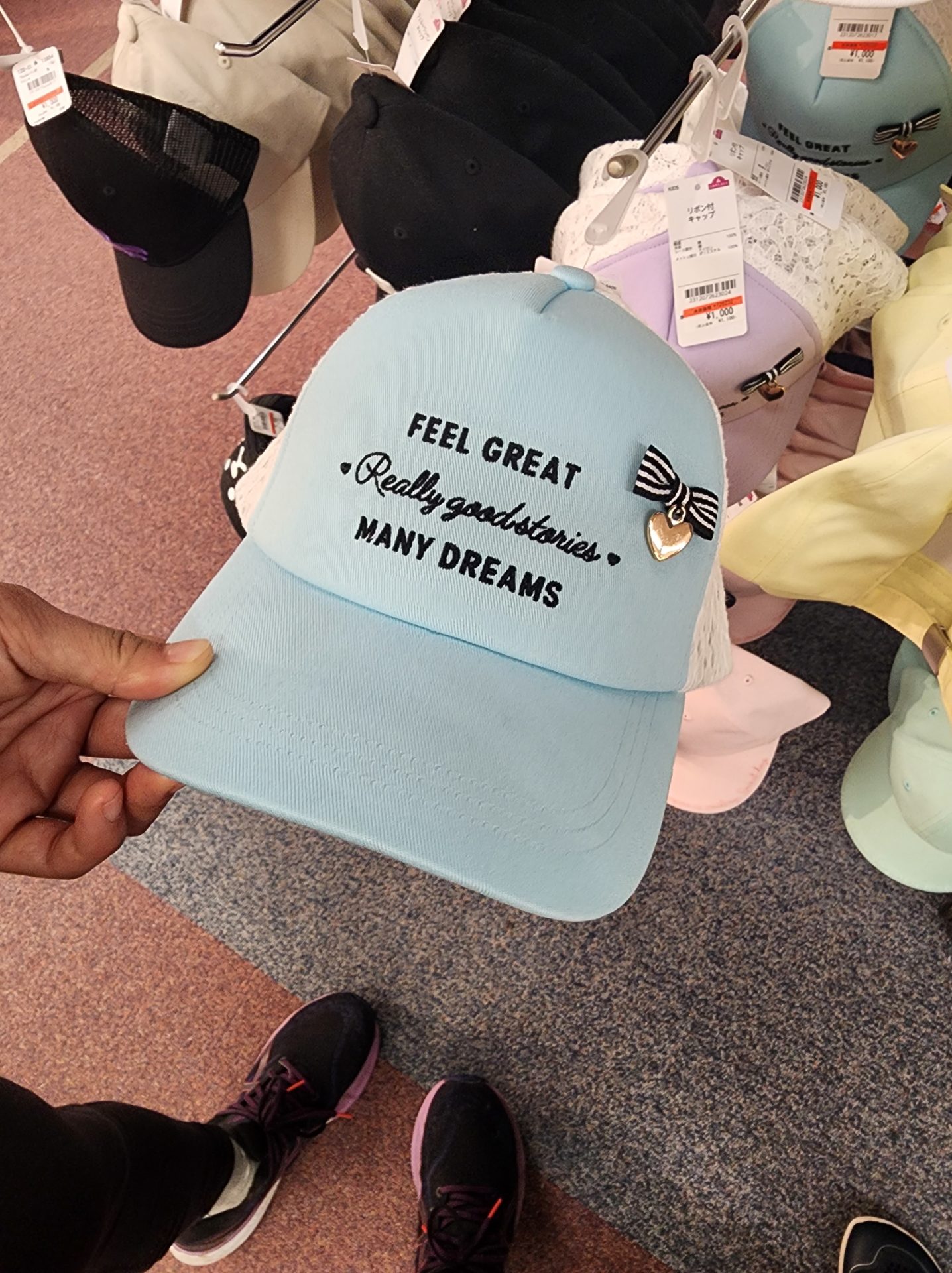
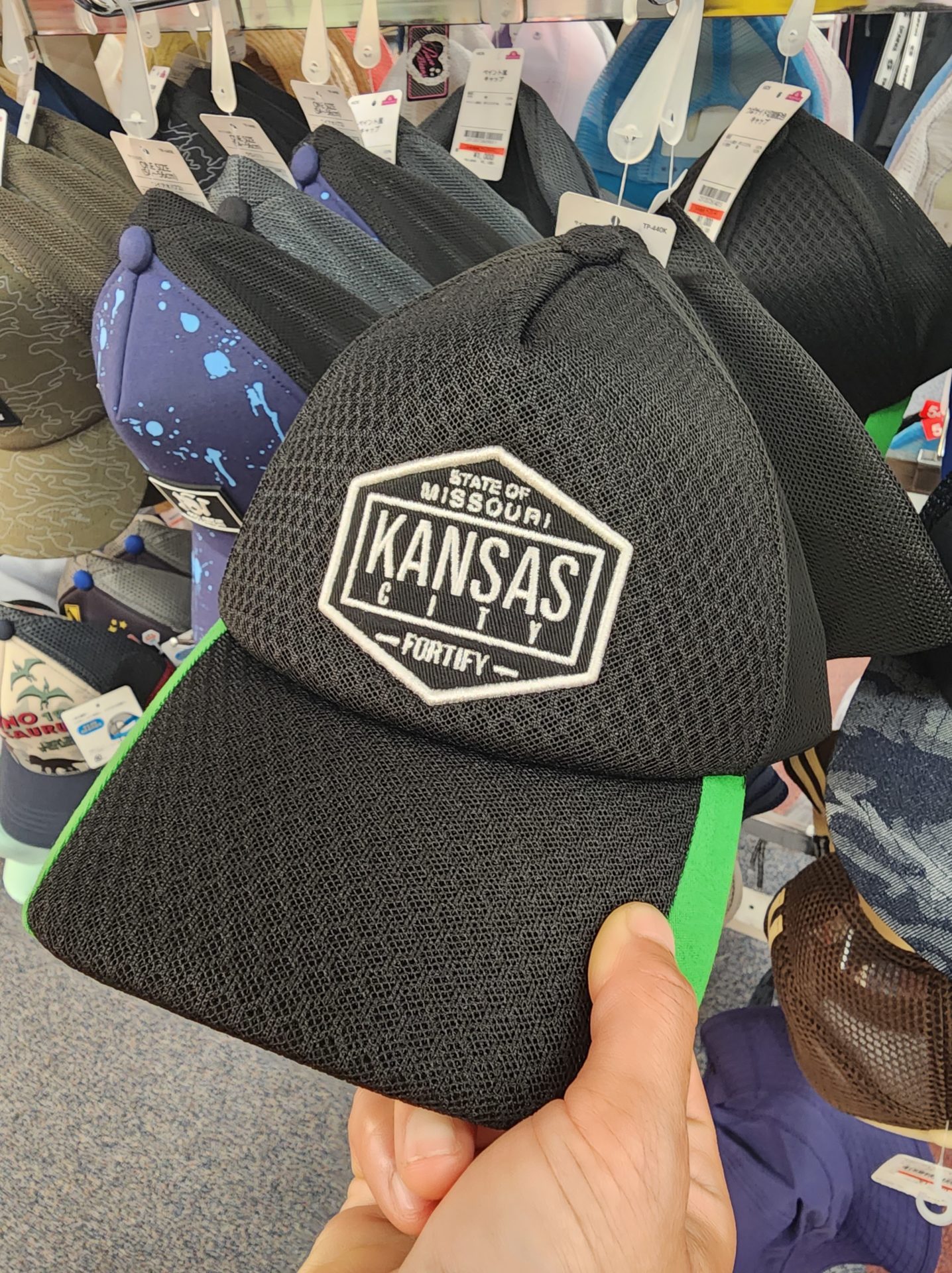
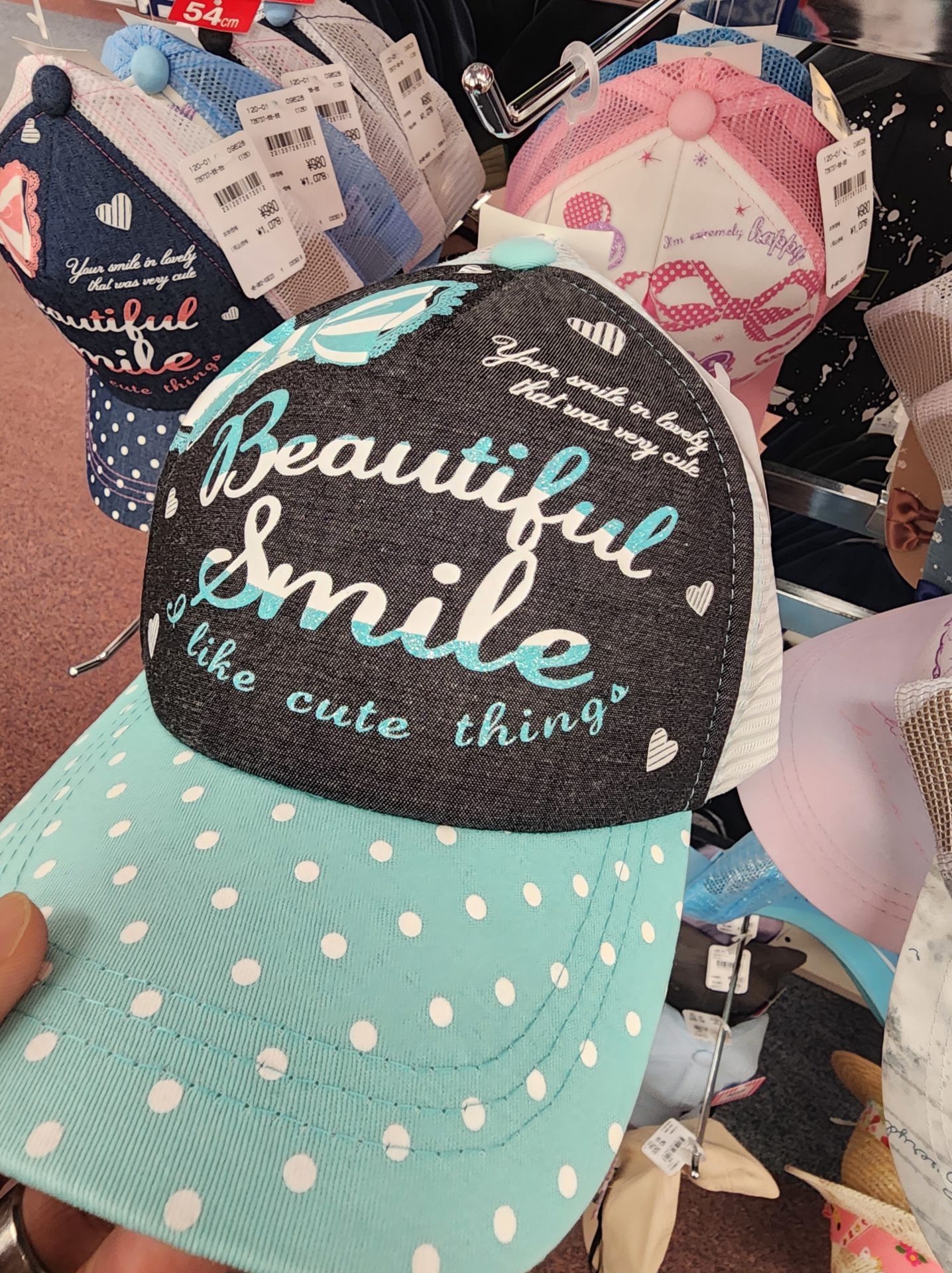
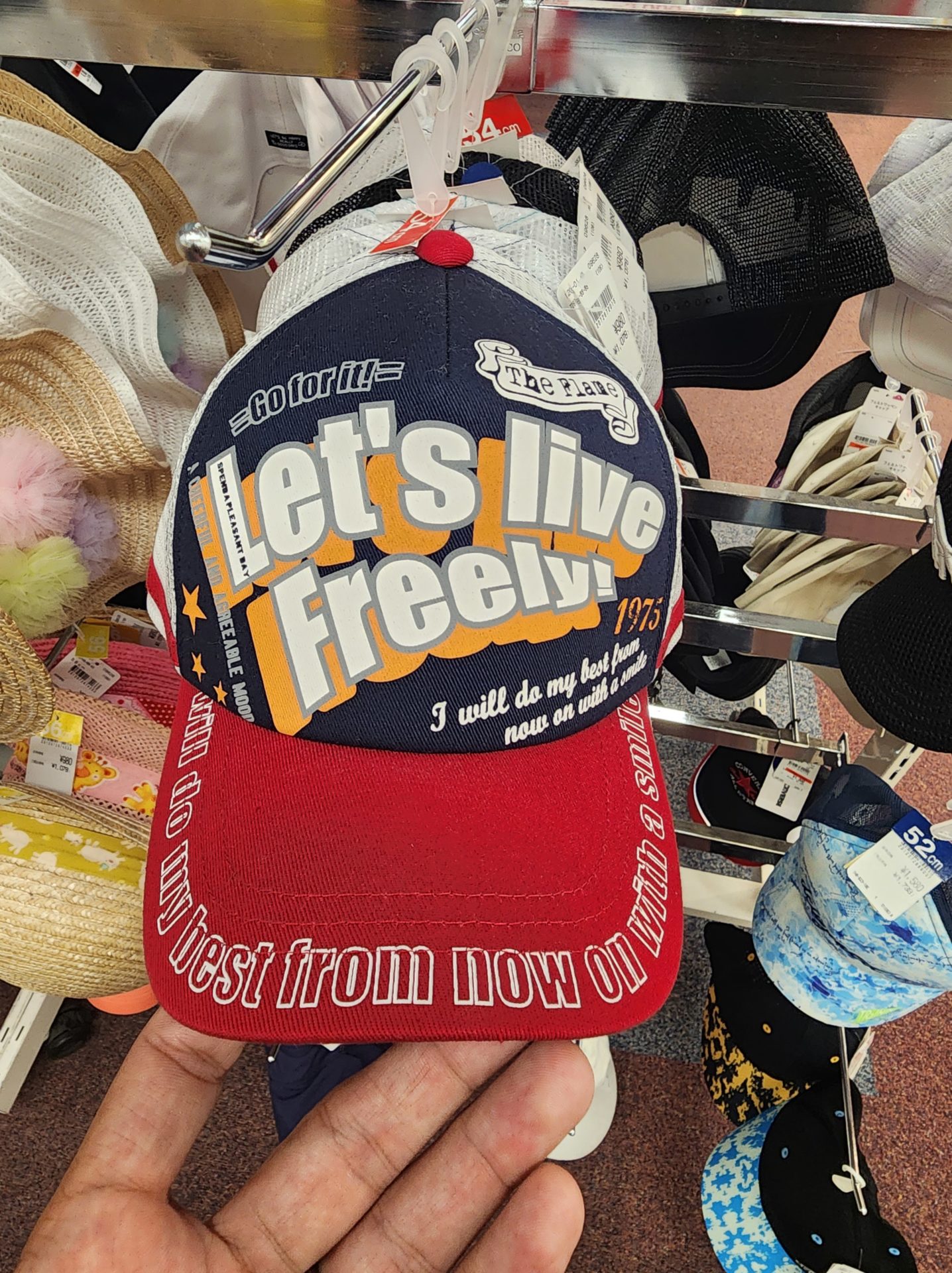
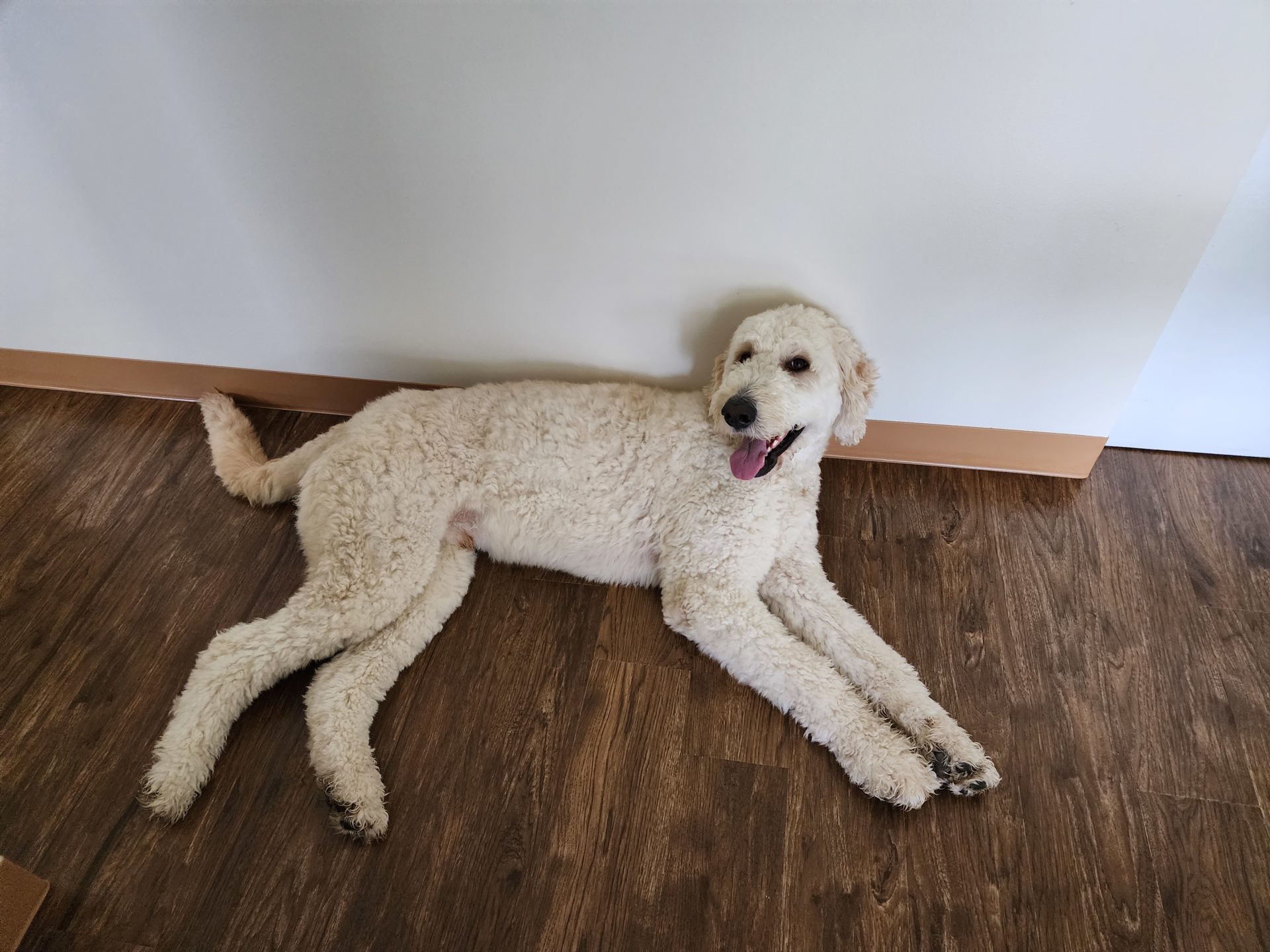
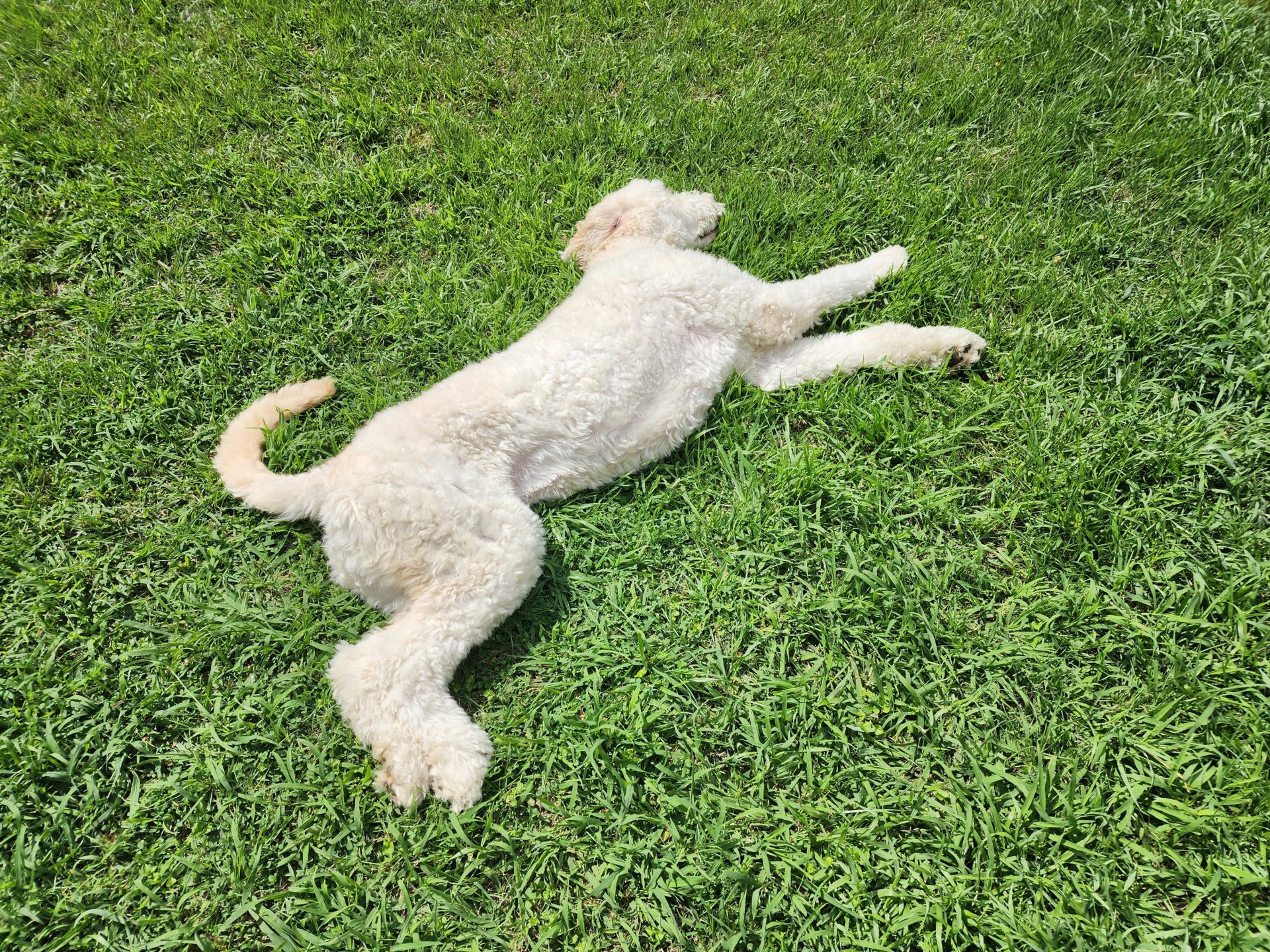
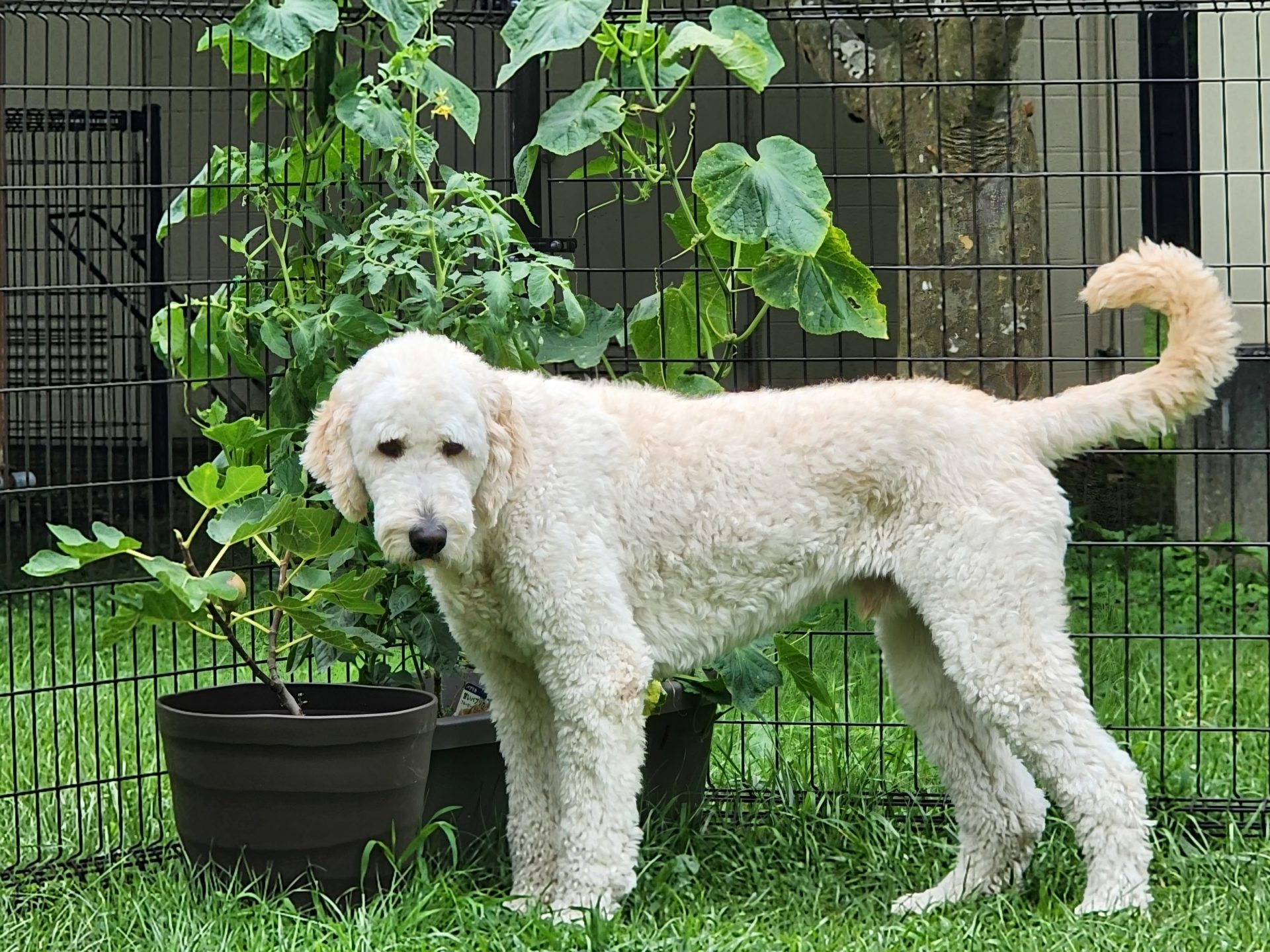
With some free time, we headed out to Aomori City. Aomori City is the world’s snowiest city, but luckily, right now, the weather is perfect. We started the day off with a delicious bowl of ramen.
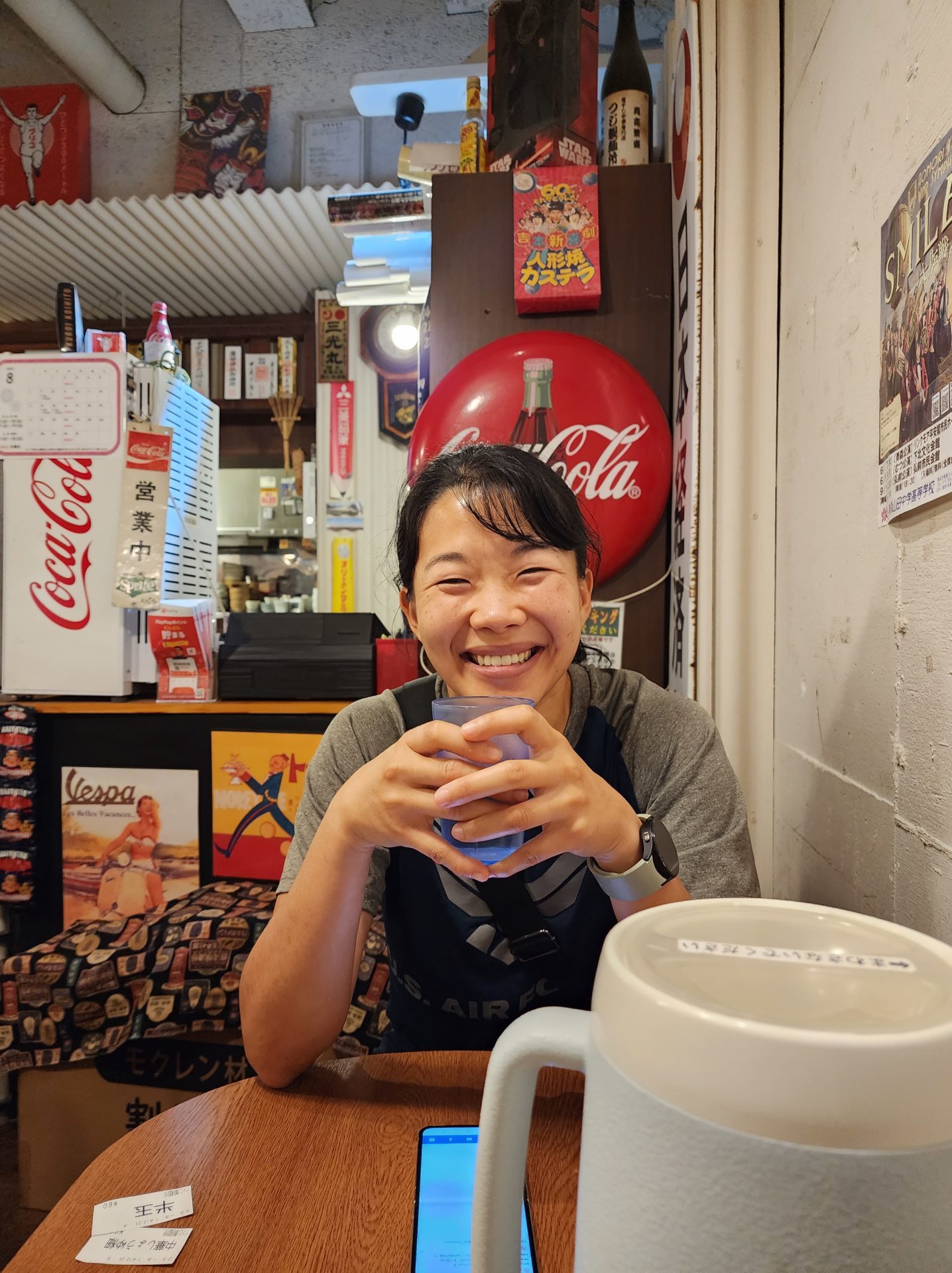
Here we are at a local Aomori City ramen spot where they serve ramen in the local tradition. Aomori City is known for miso butter ramen, so that’s what I got! Afterwards, it was time to explore the city.
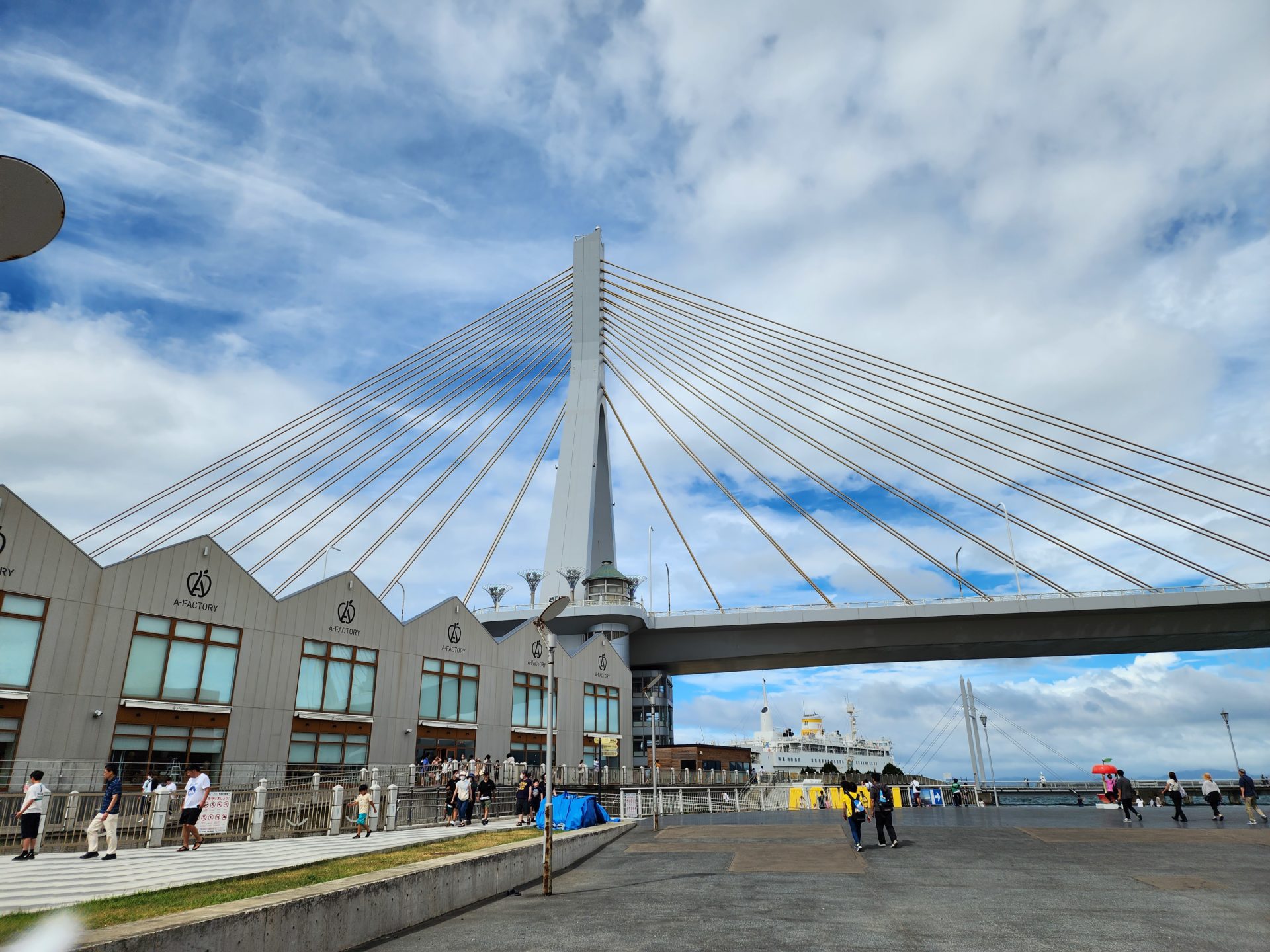
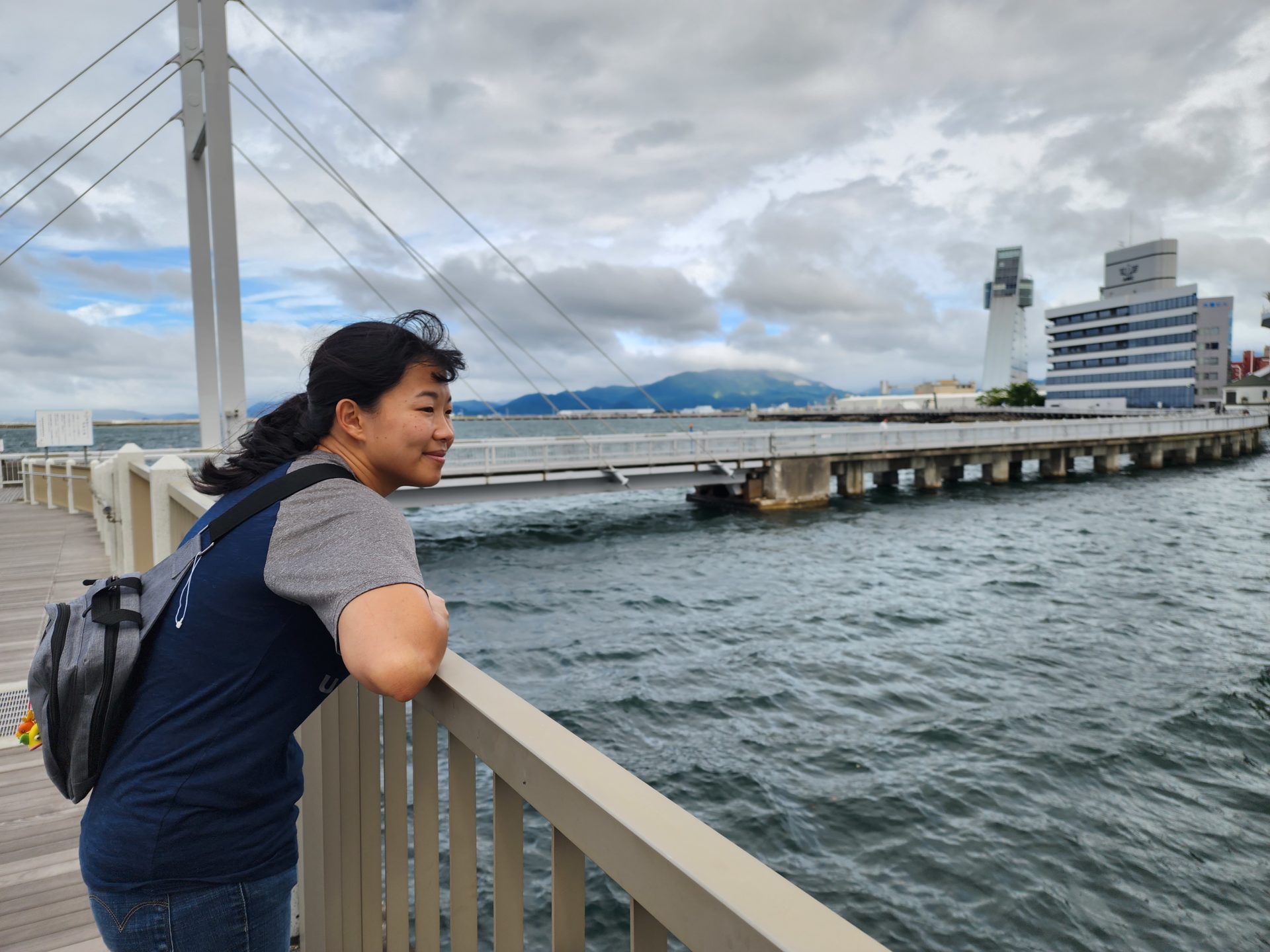
There are more than a dozen temples throughout Aomori City. We went to some of them while walking around.
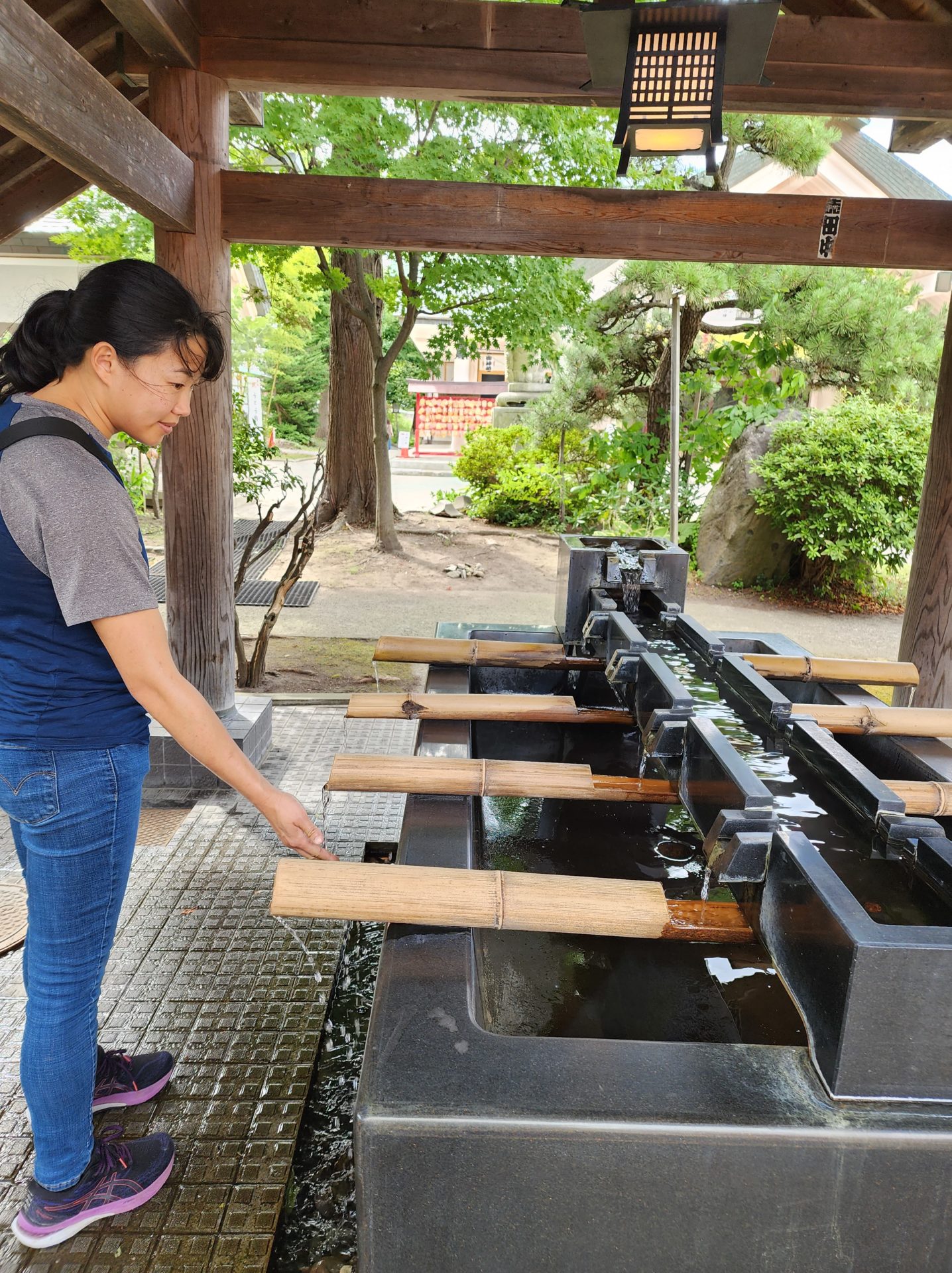
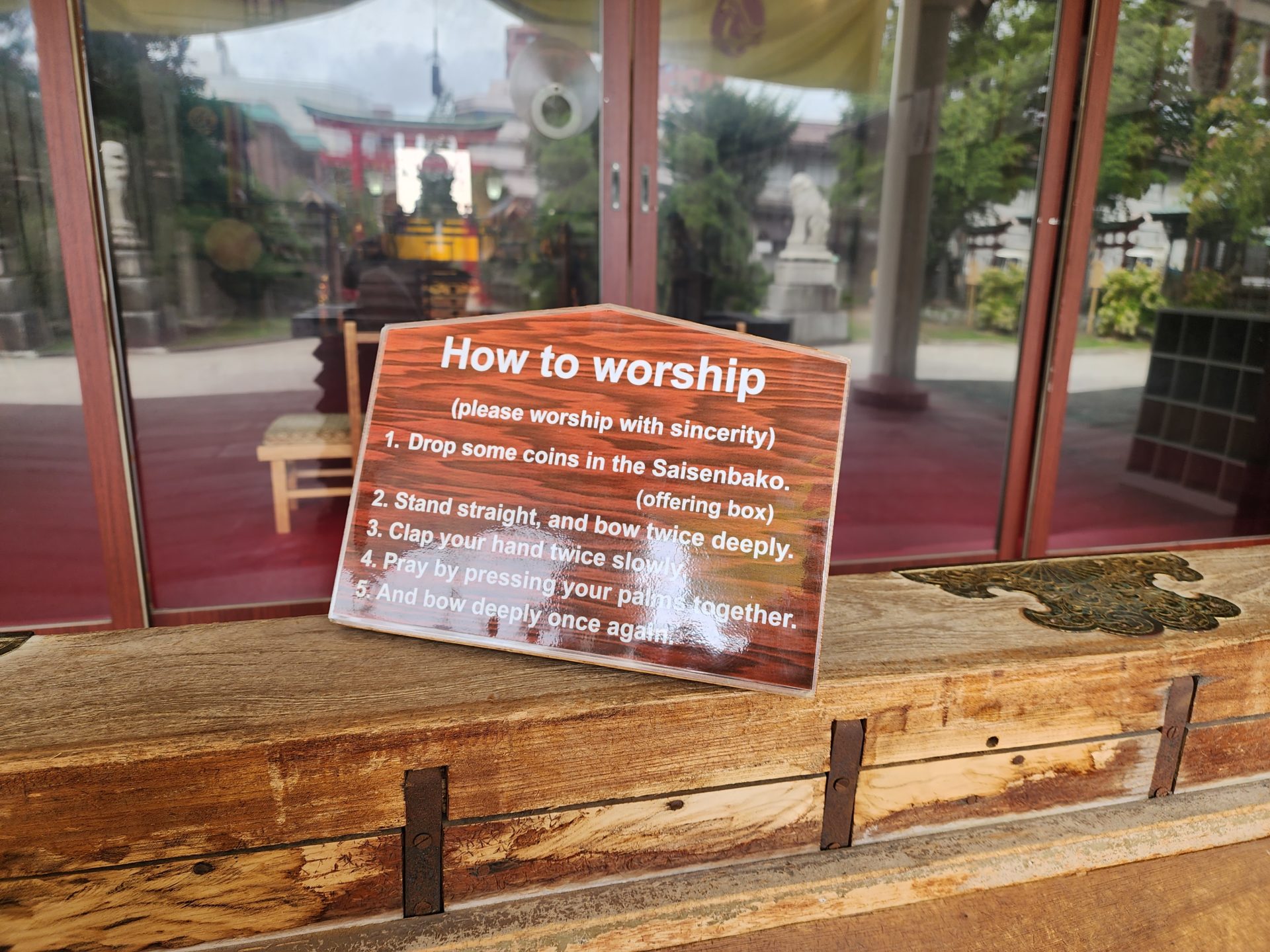
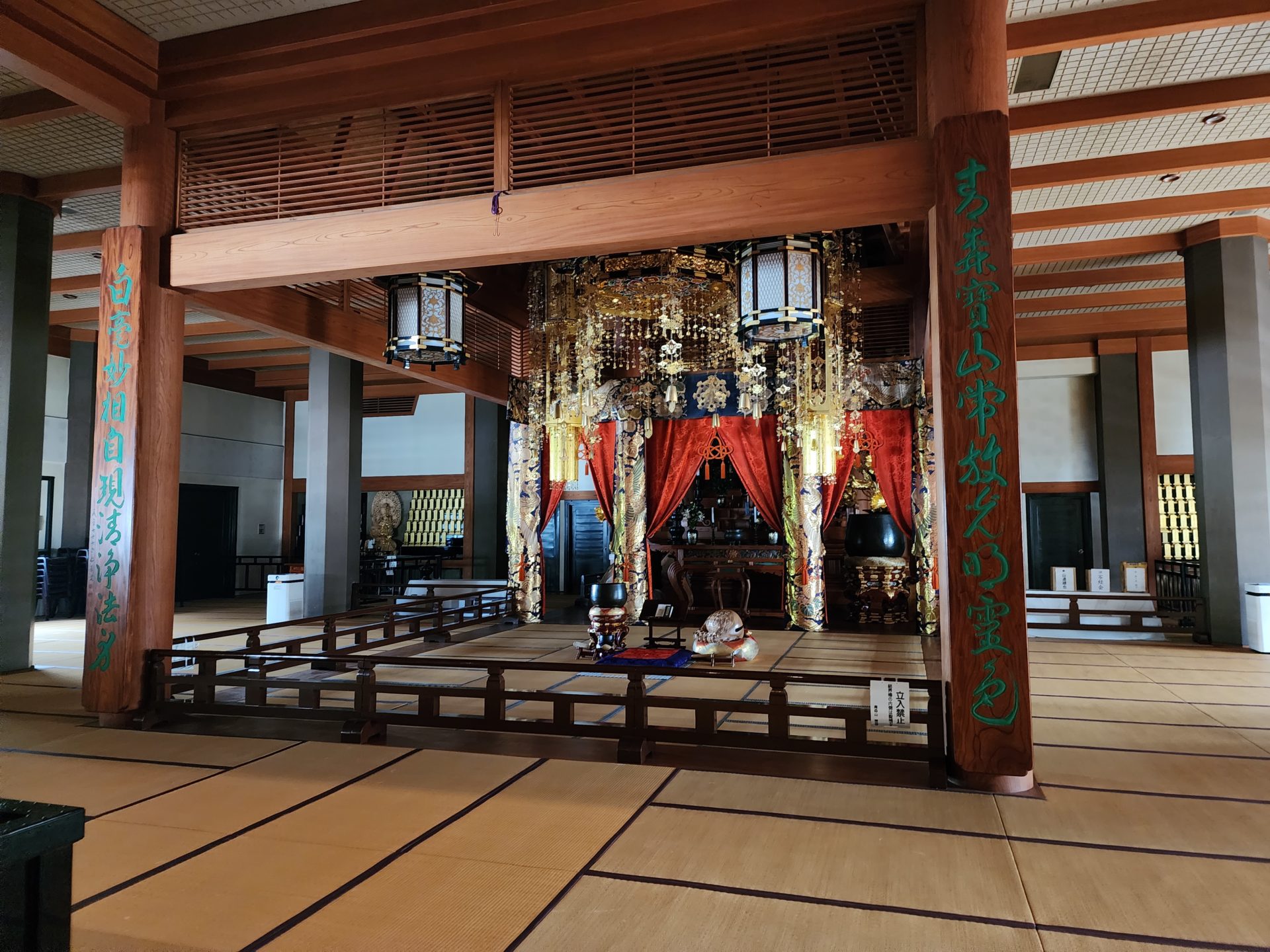
All that worship made us hungry again. Aomori is known for apples since they grow really well here. We went back to A-FACTORY to try all the apple things. We got apple pie, hot apple cider, apple ice cream, apple jam, and, of course, some Aomori apples!
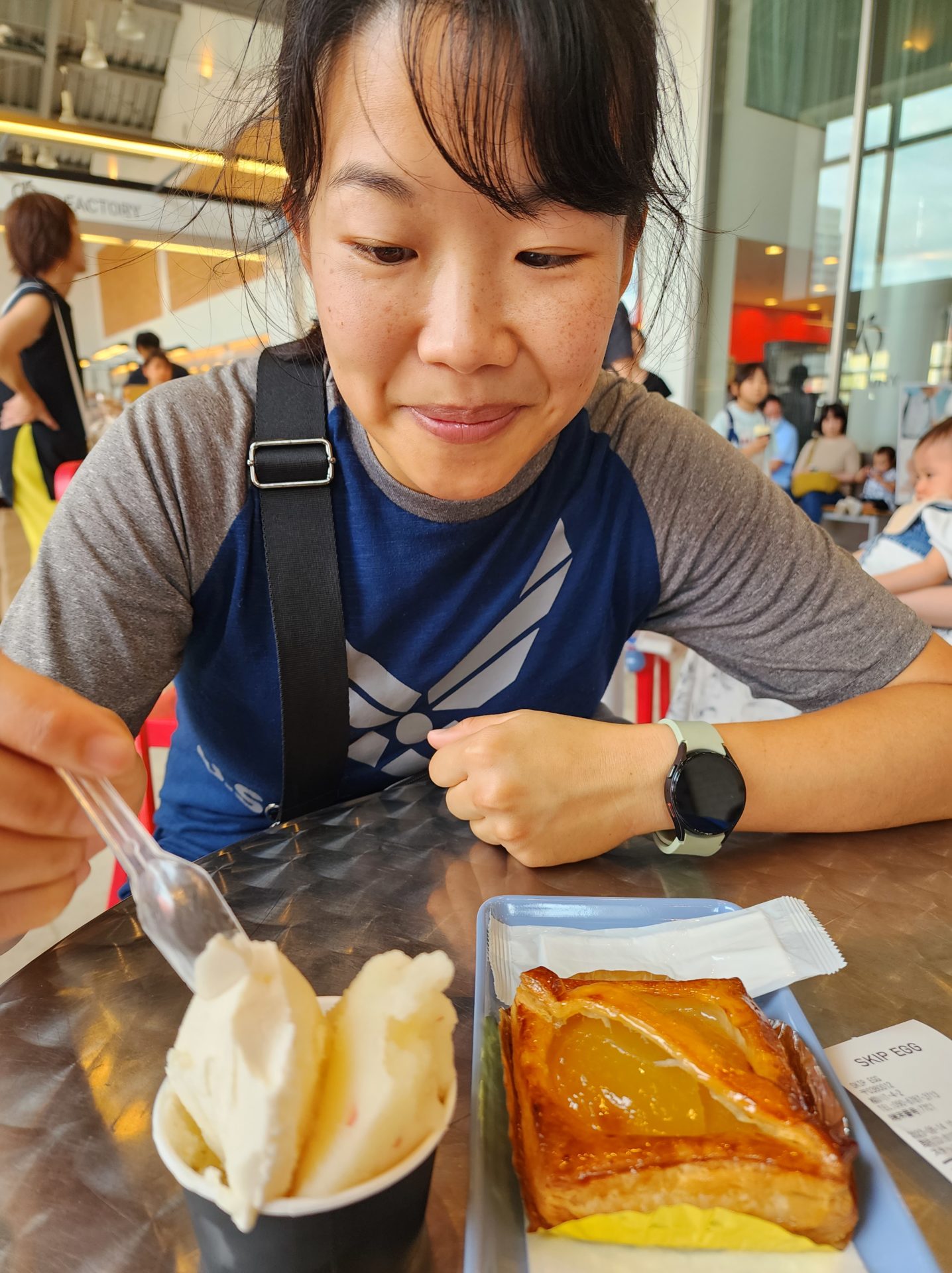
Once we got all filled up, it was time to see the biggest Buddha in all of Japan. He stands tall at 68 ft 10 in!
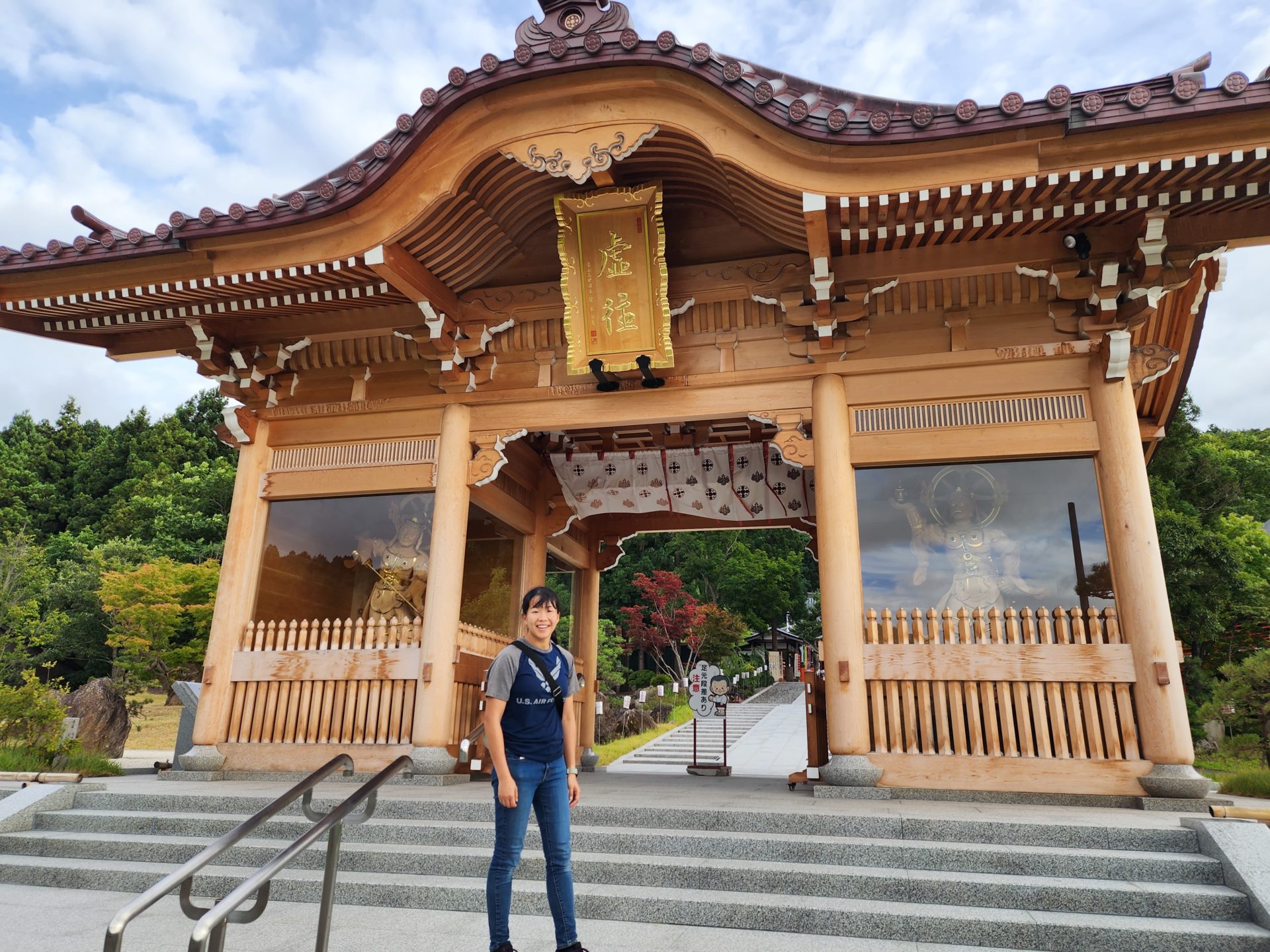
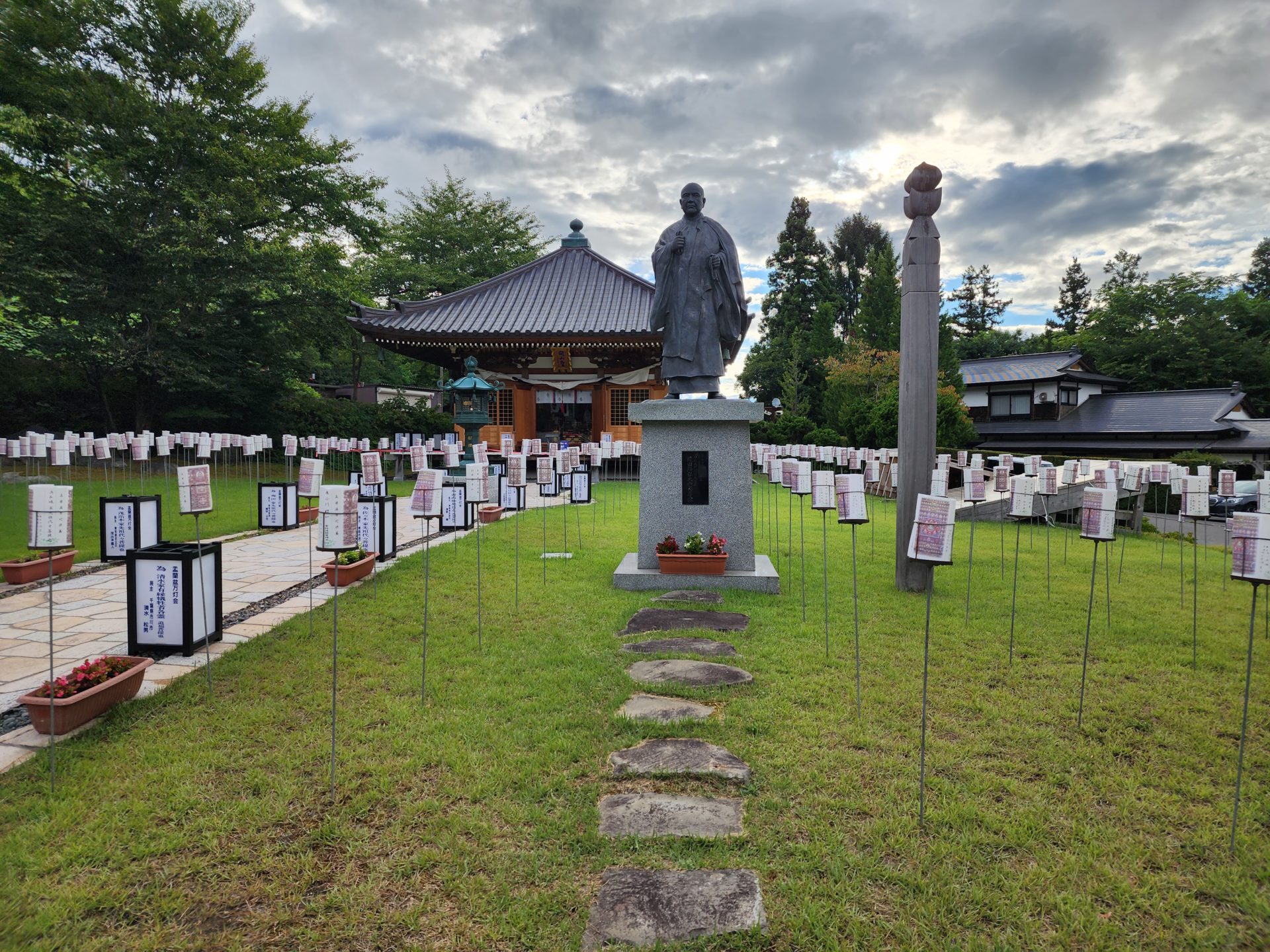
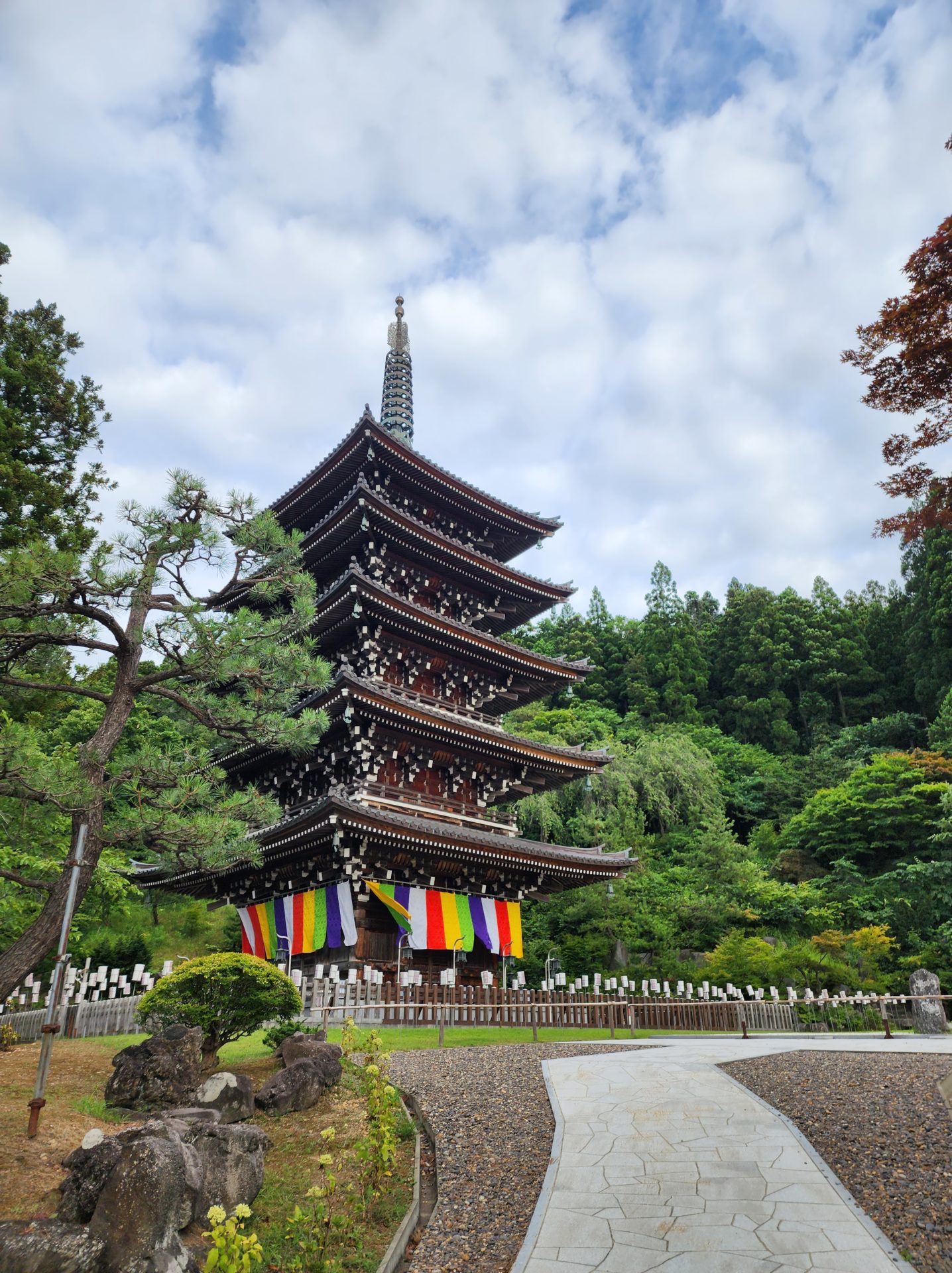
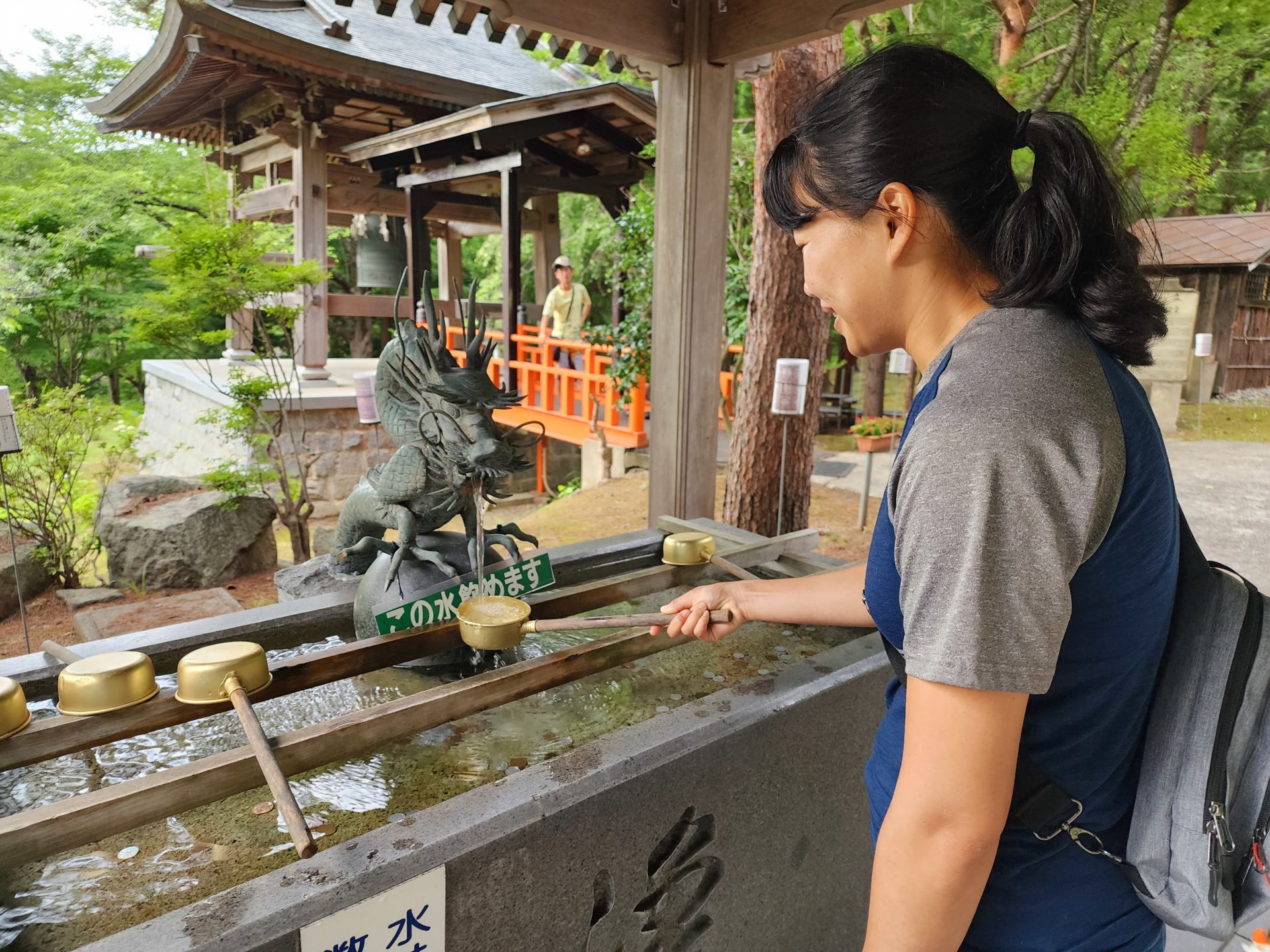
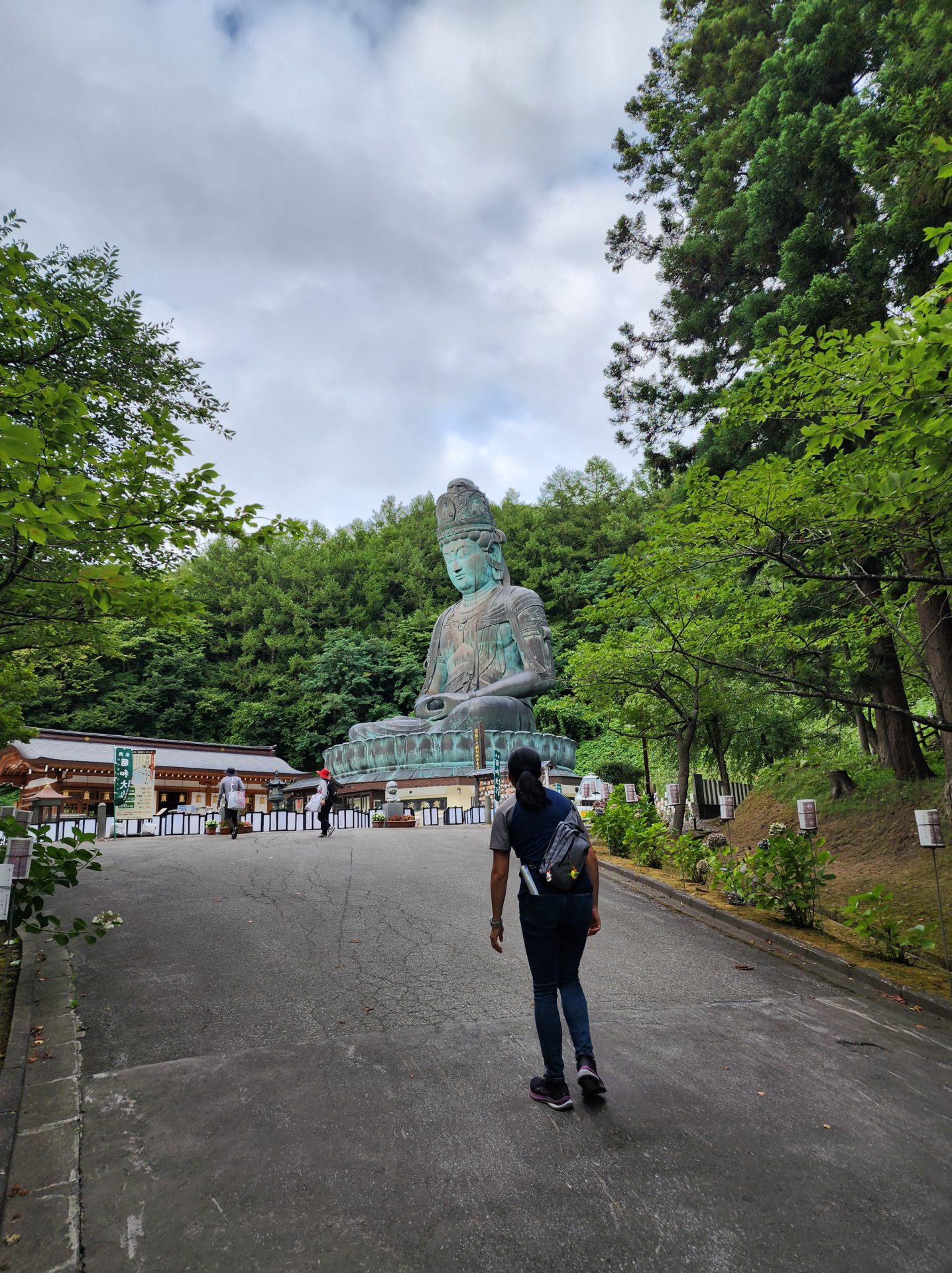
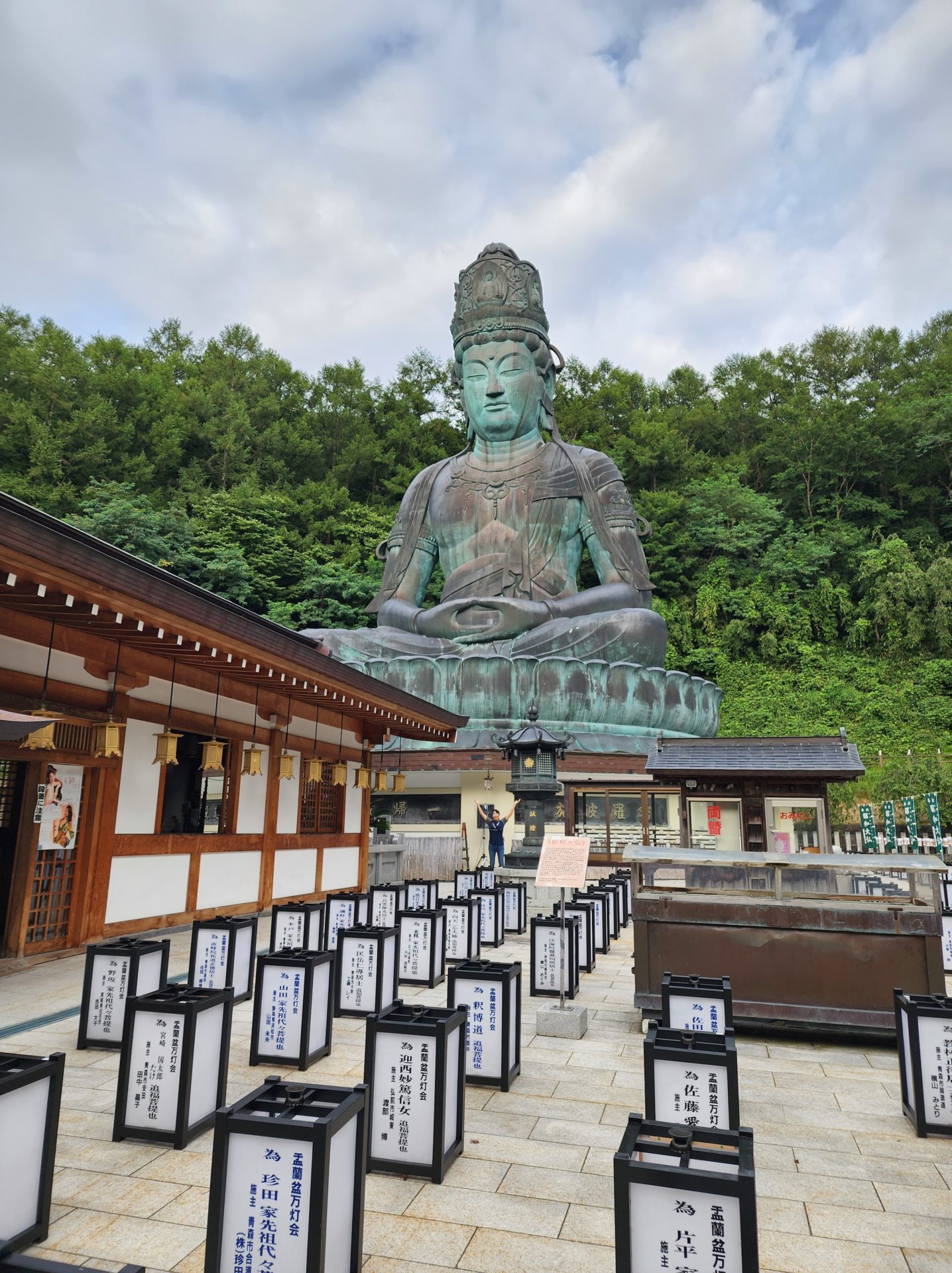
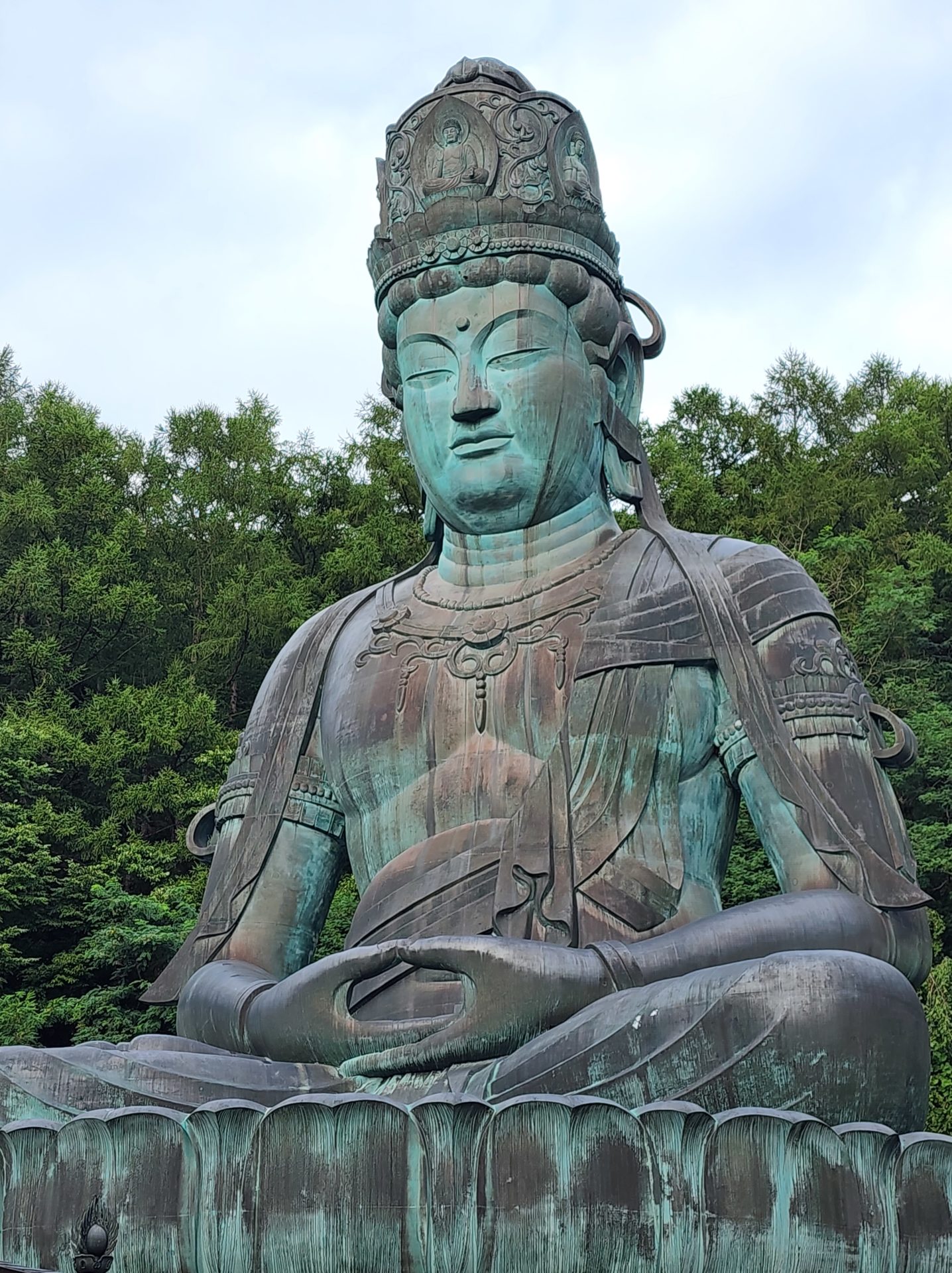
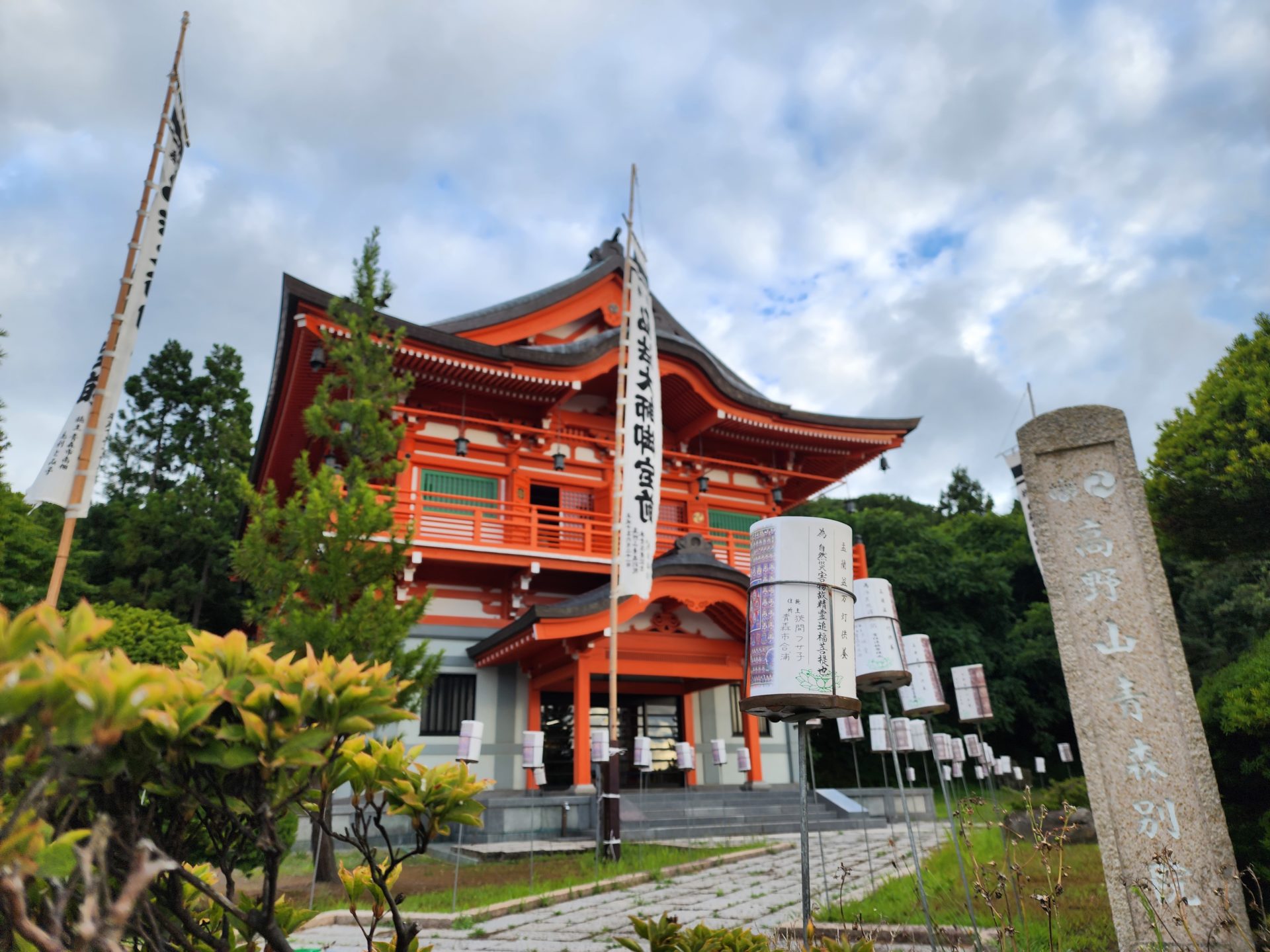
Misawa Air Base does events to keep morale high and one of these events is murder mystery night, which happens once a year. It was so much fun figuring out “who dun’ it” (we figured it out too!) and spending time with our friends Zari and Haruka.
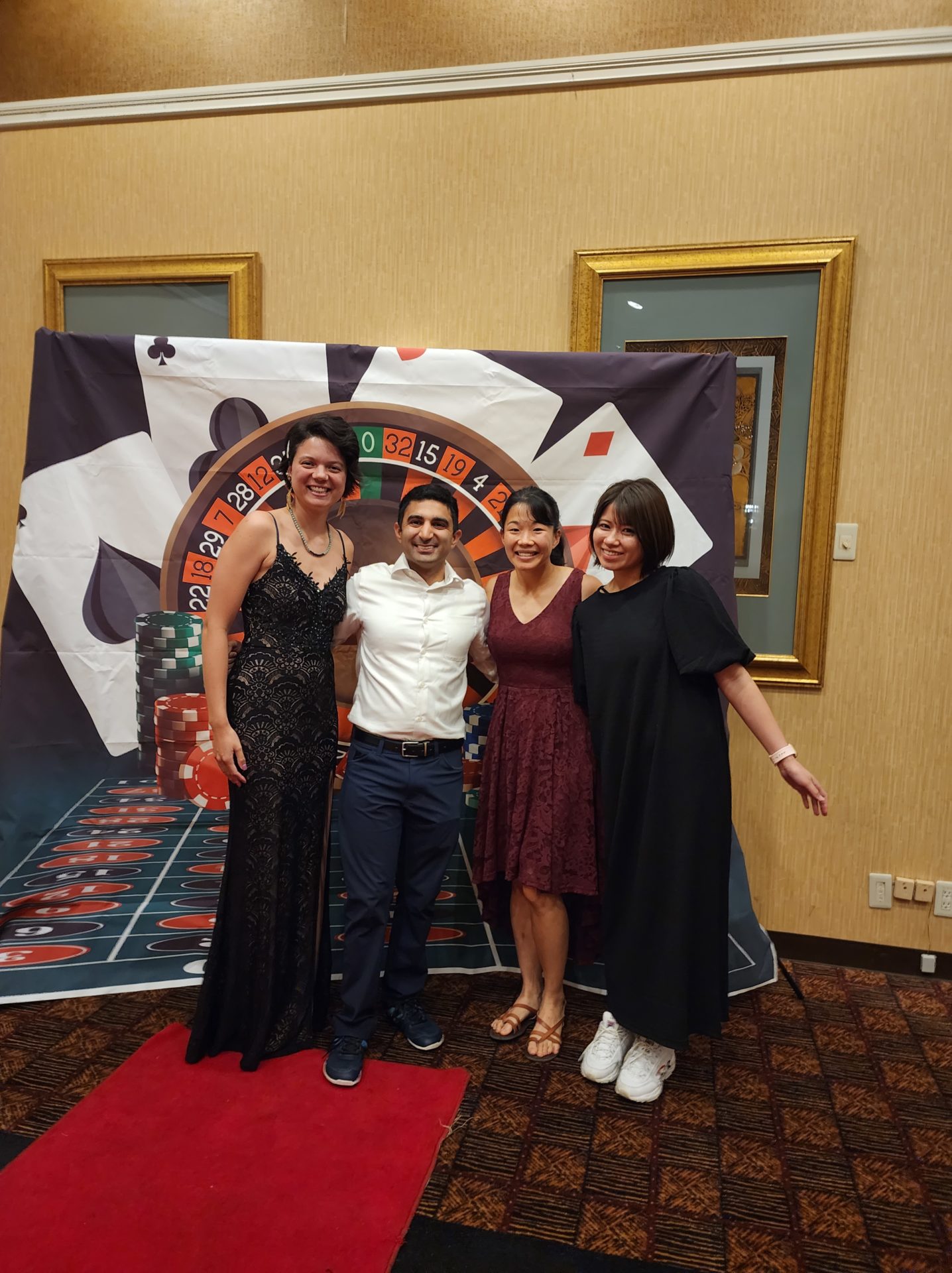
Tomorrow, we will try to see lanterns for the Obon festival. I will keep you informed!